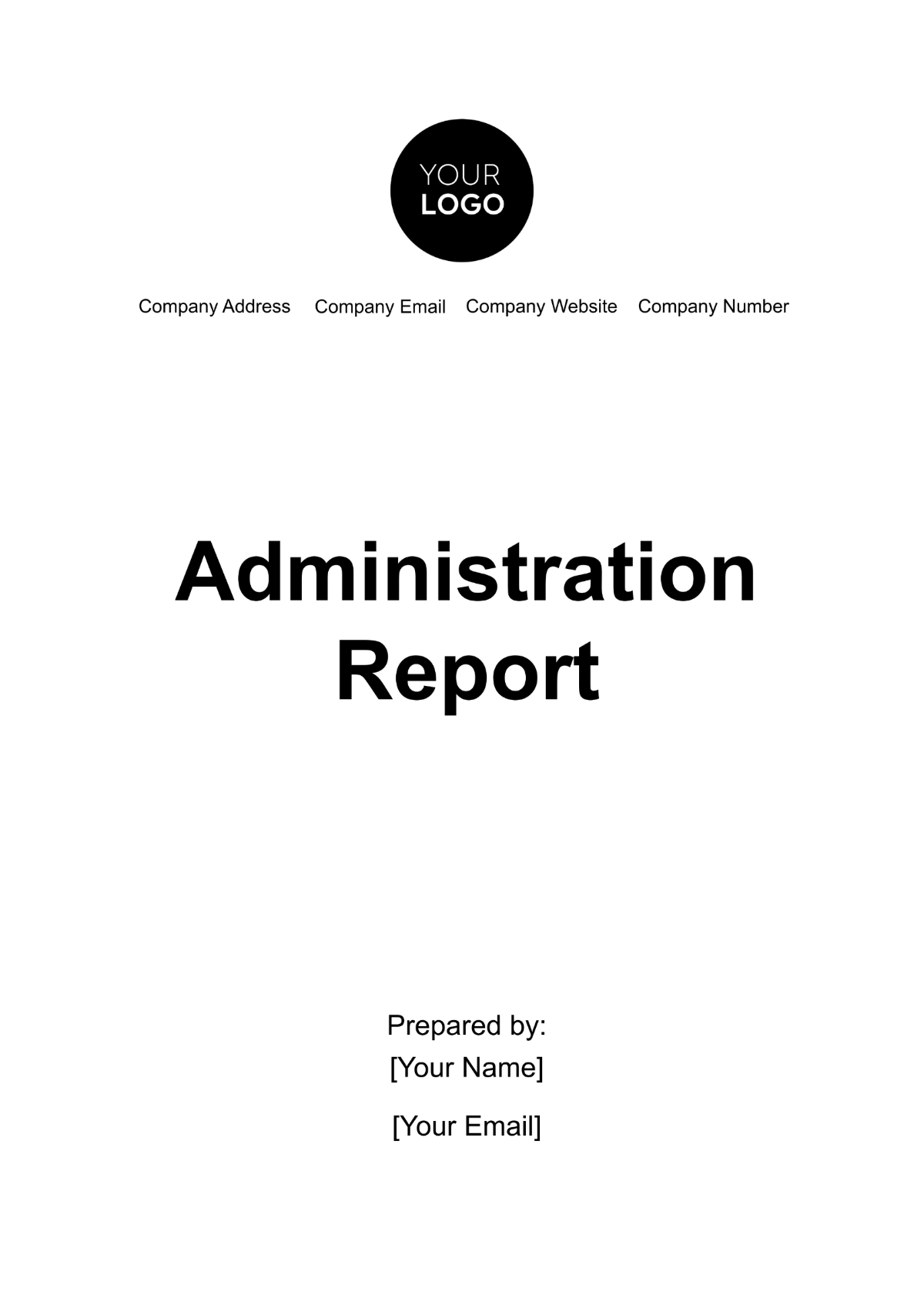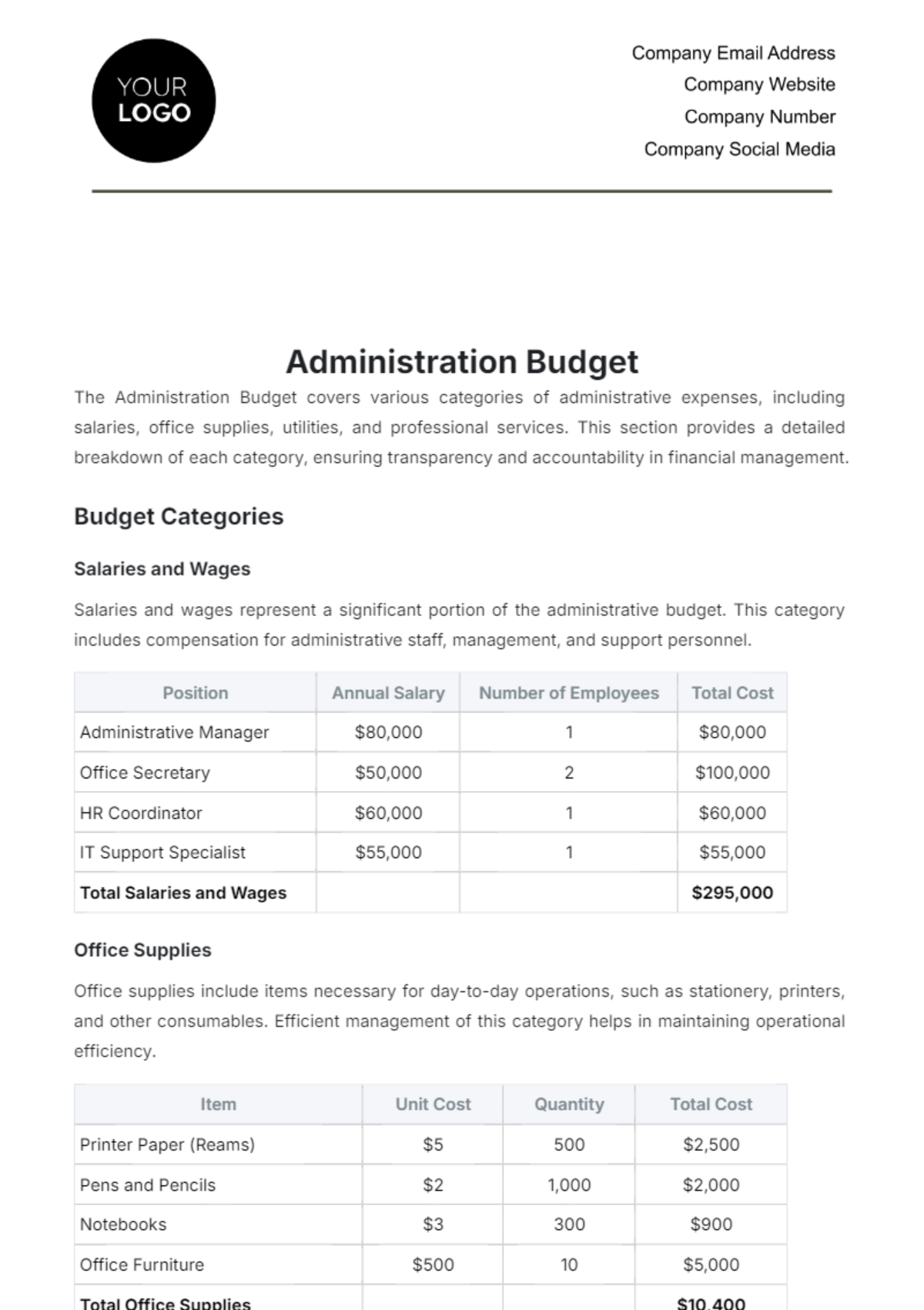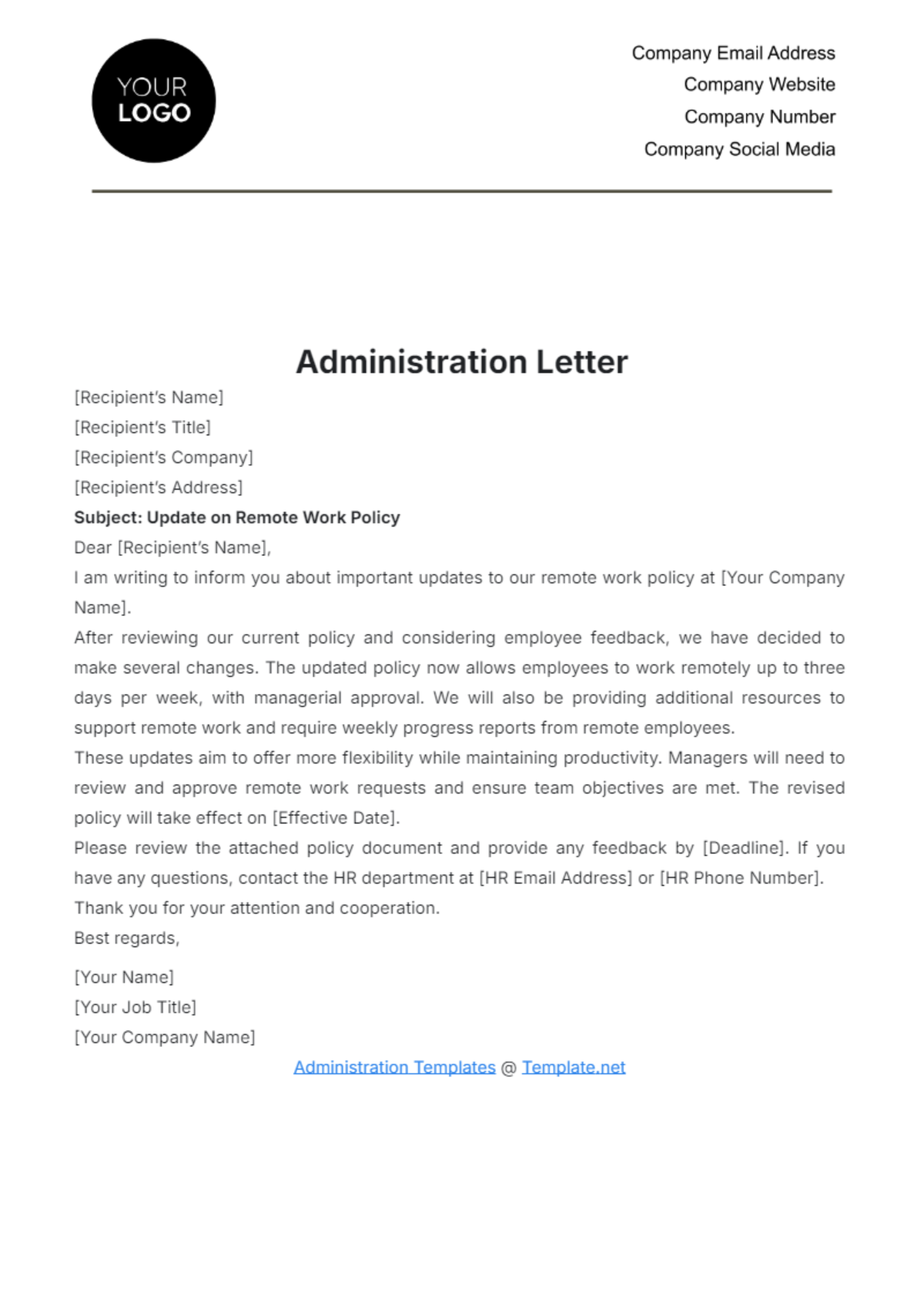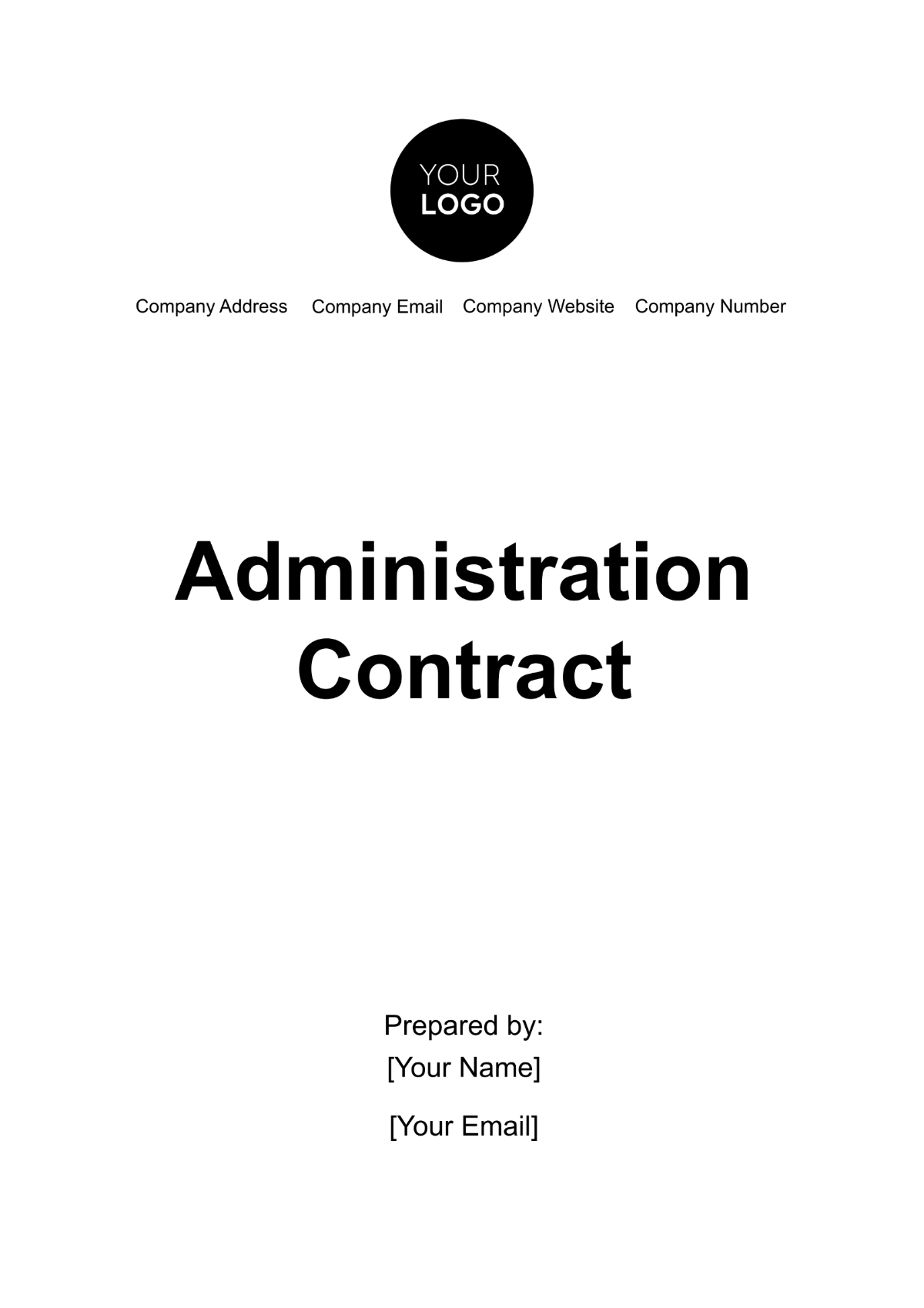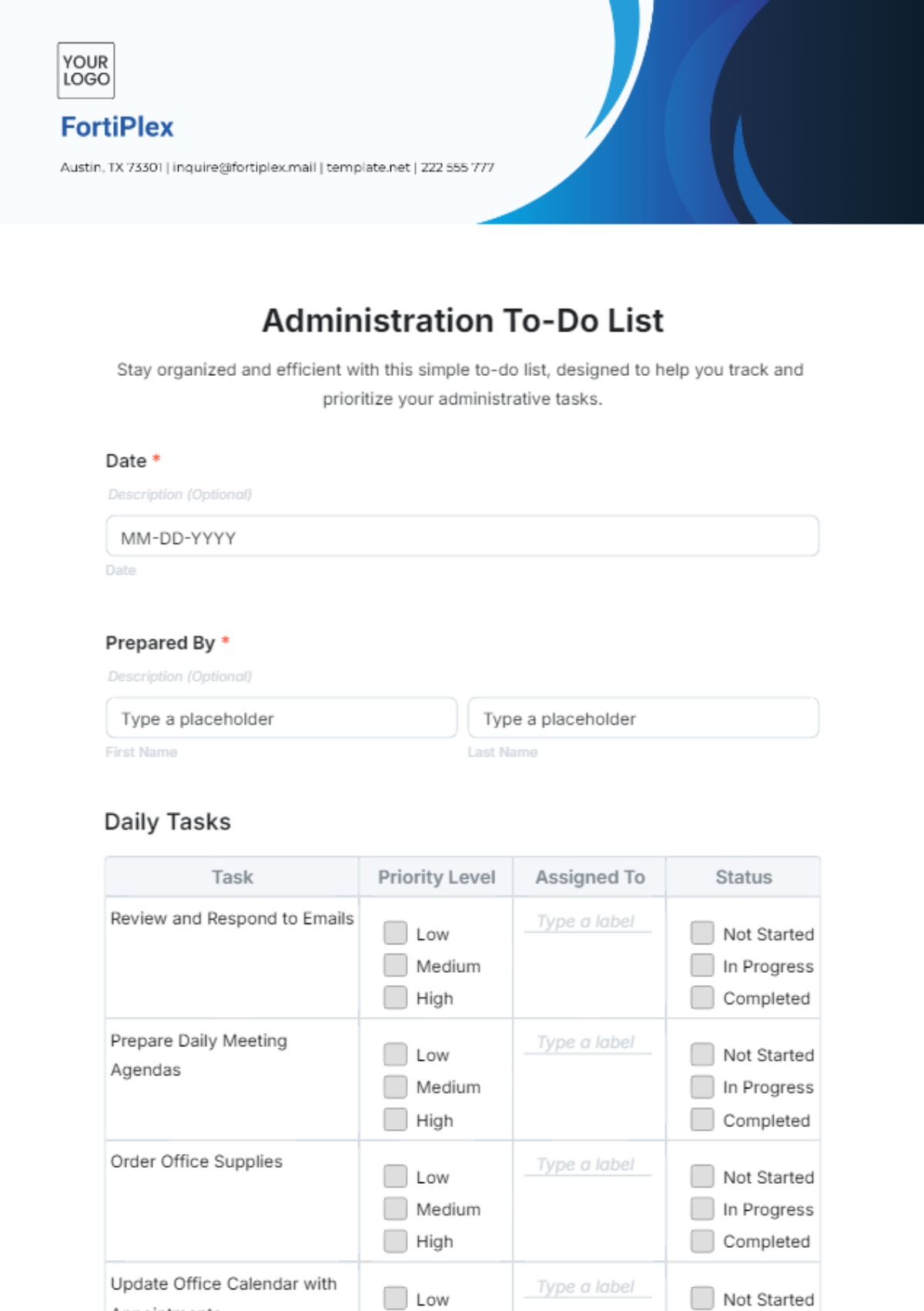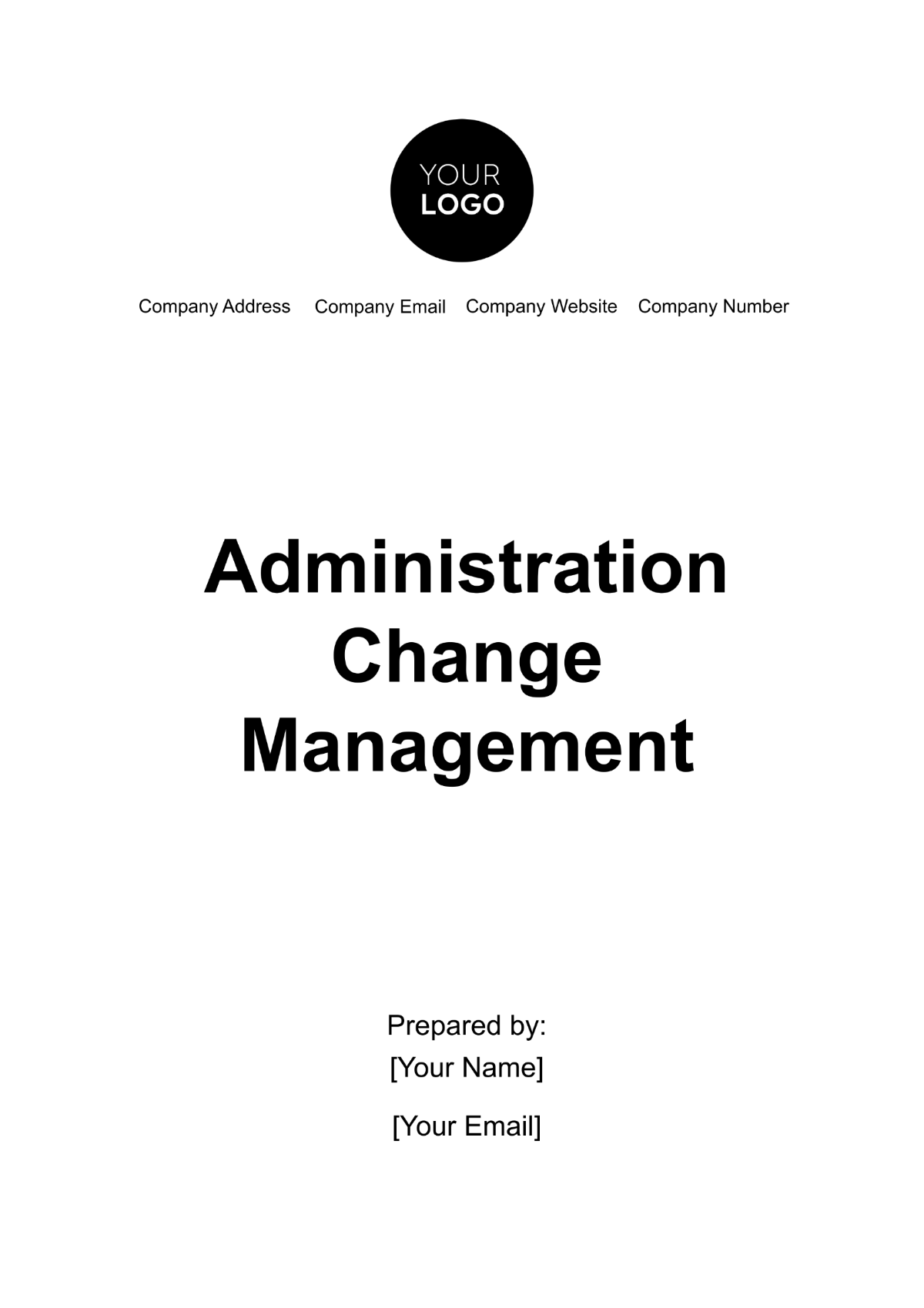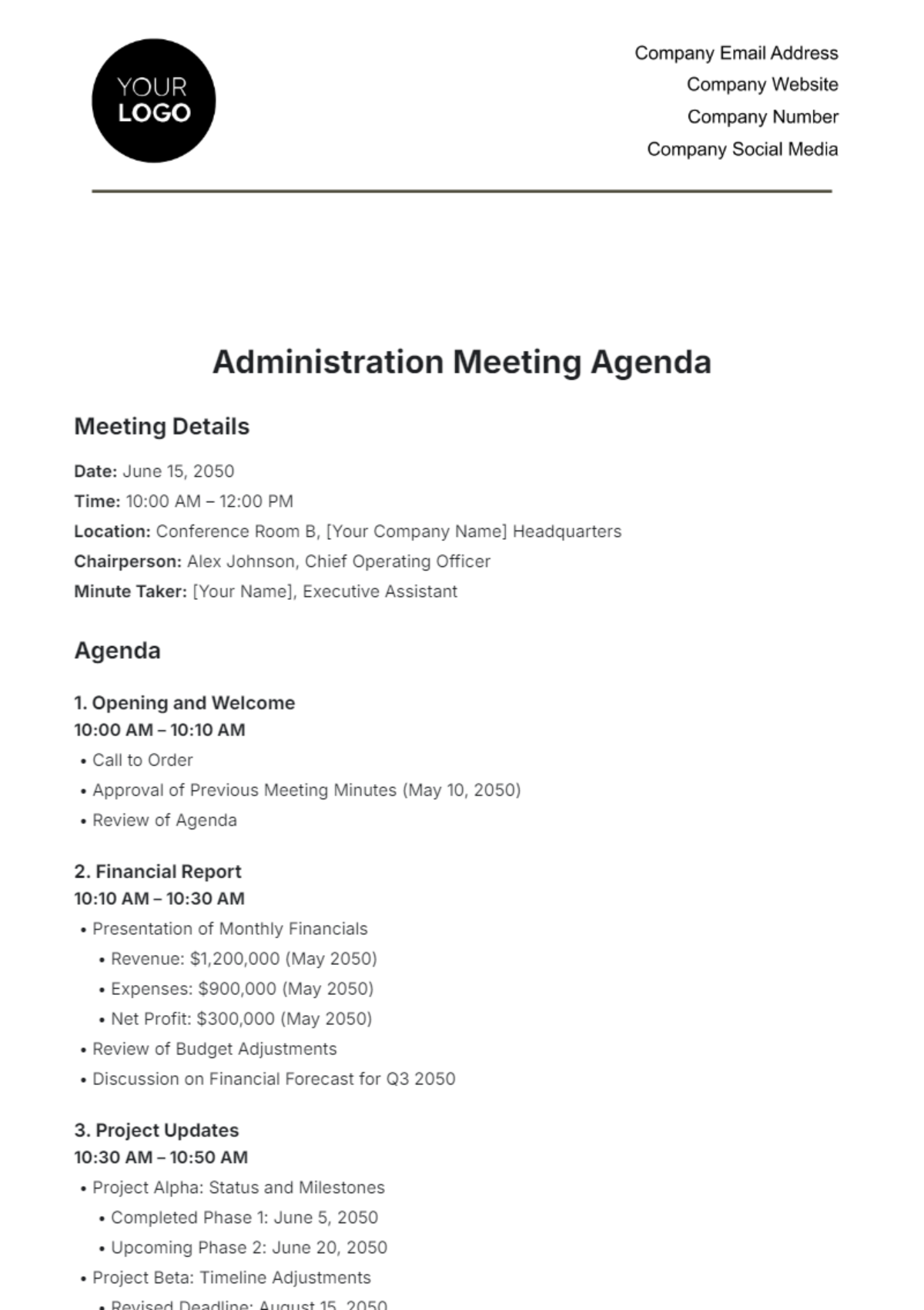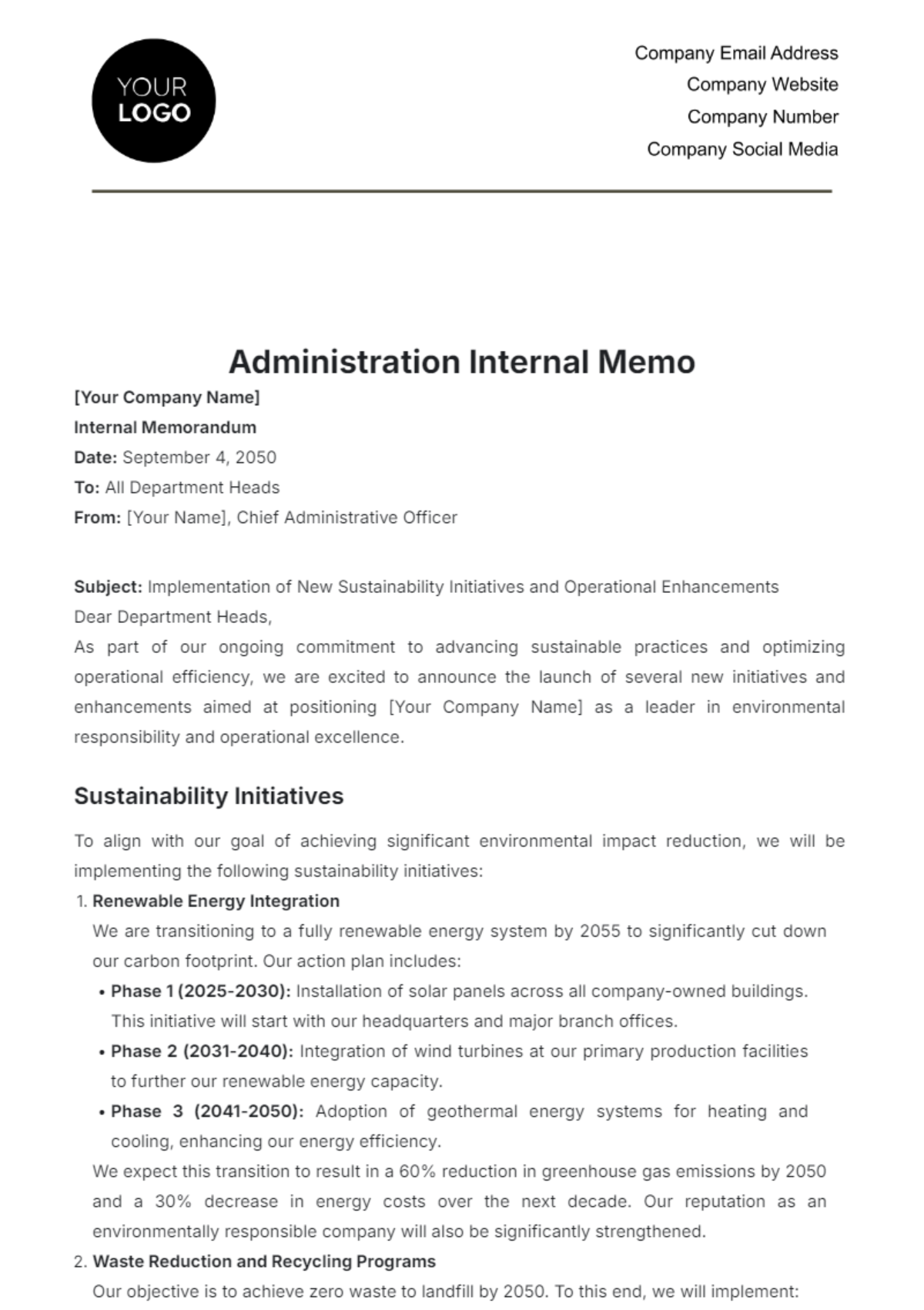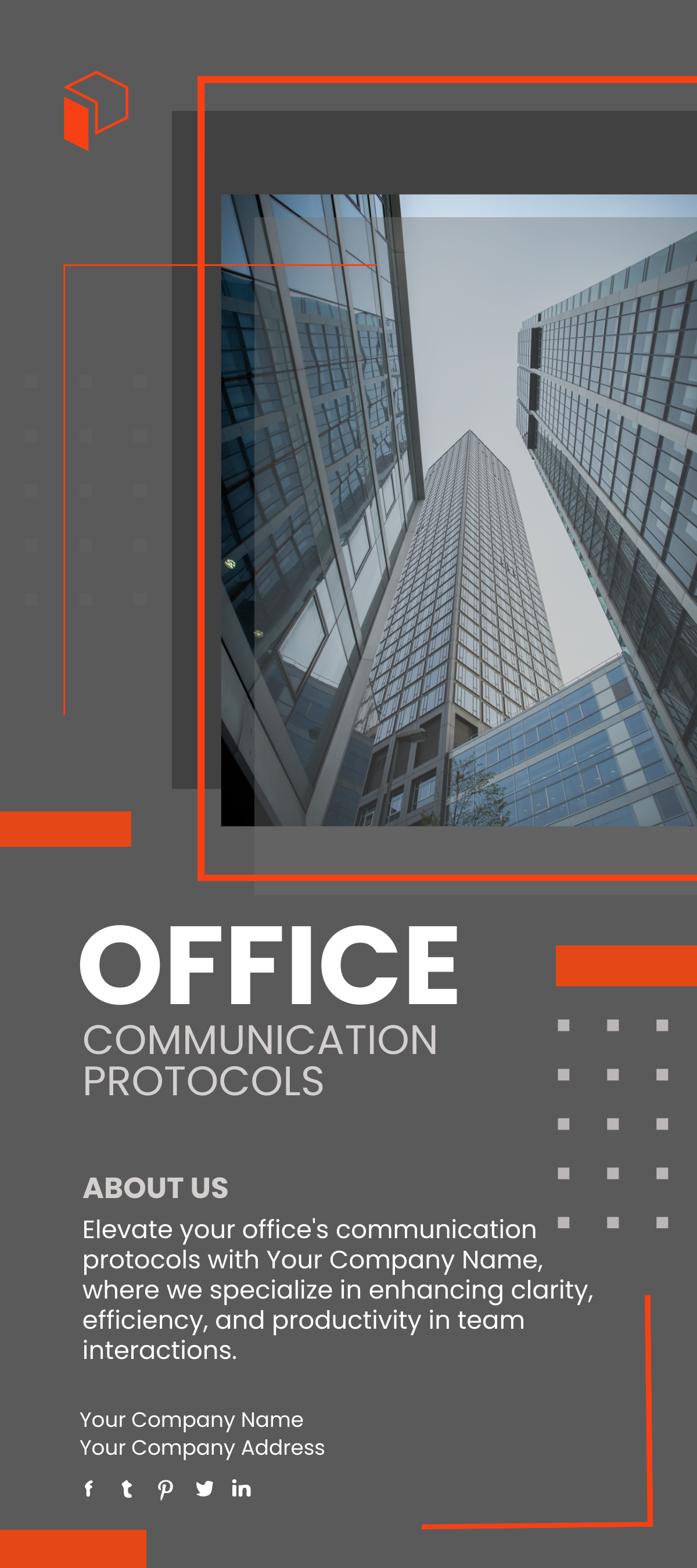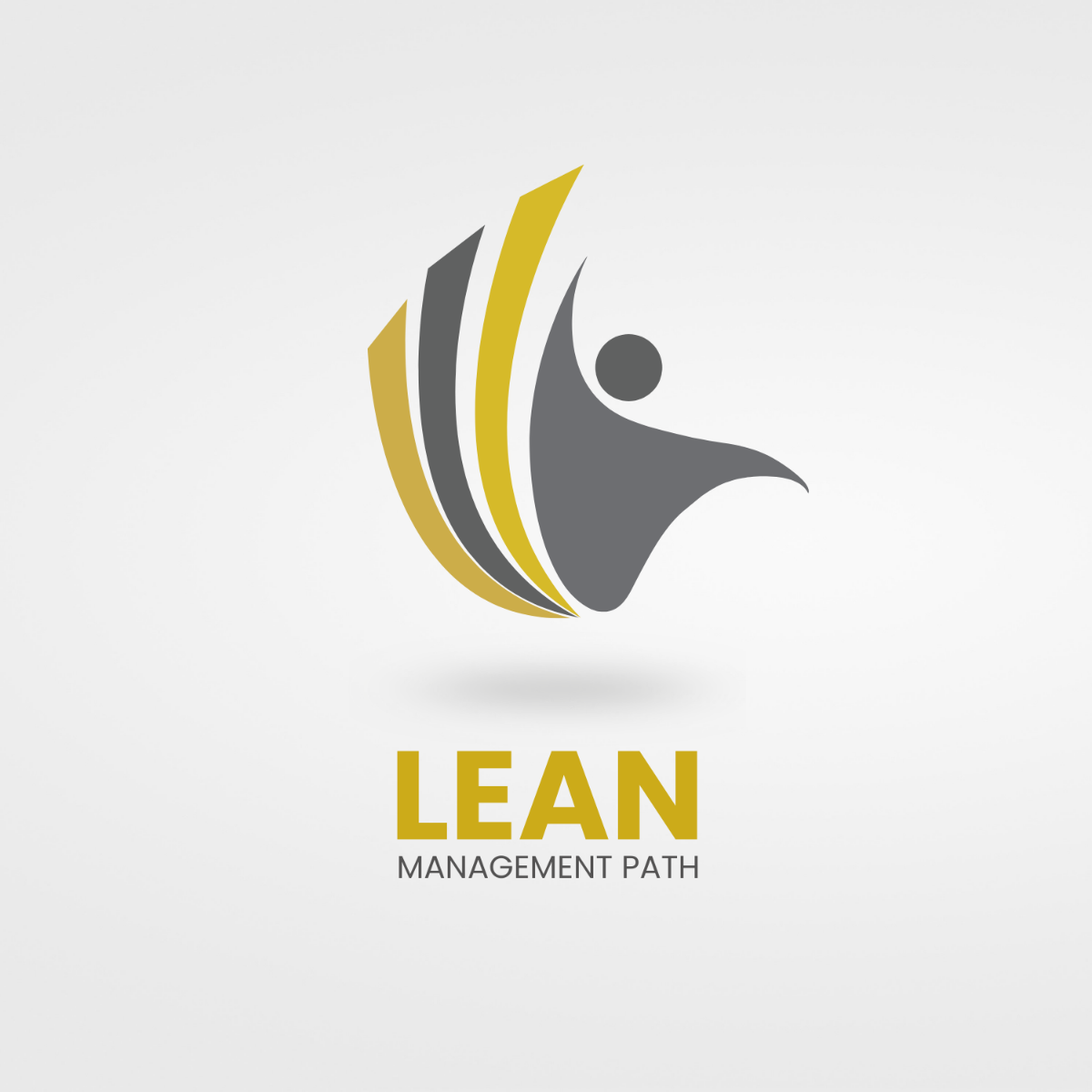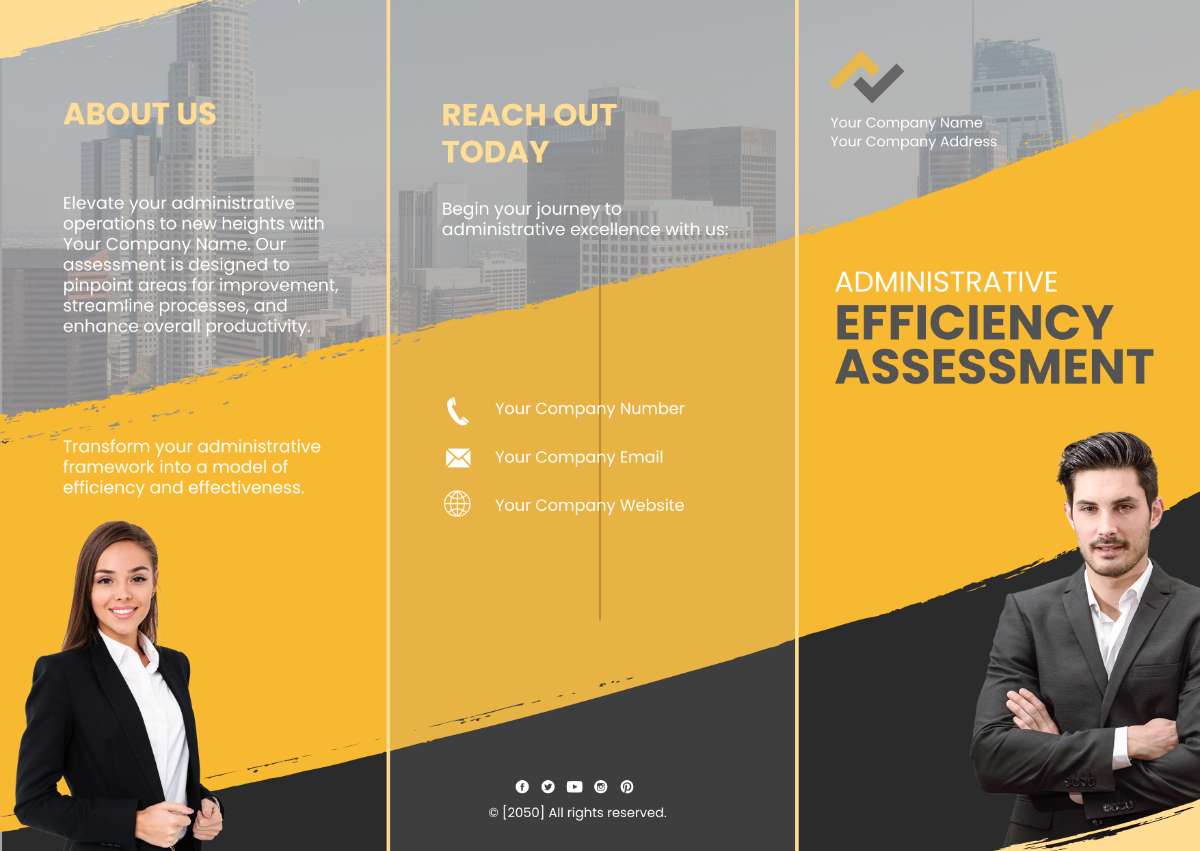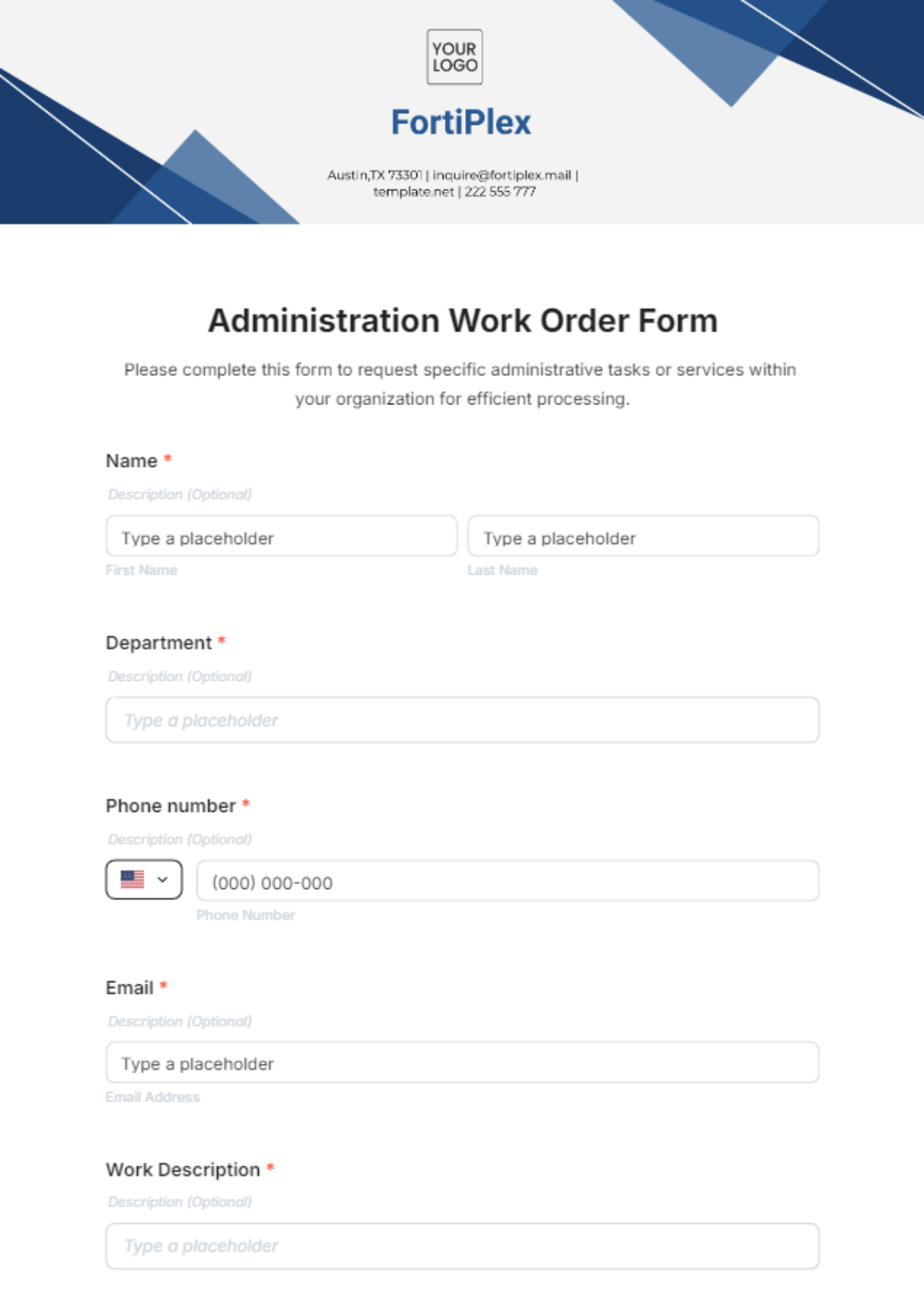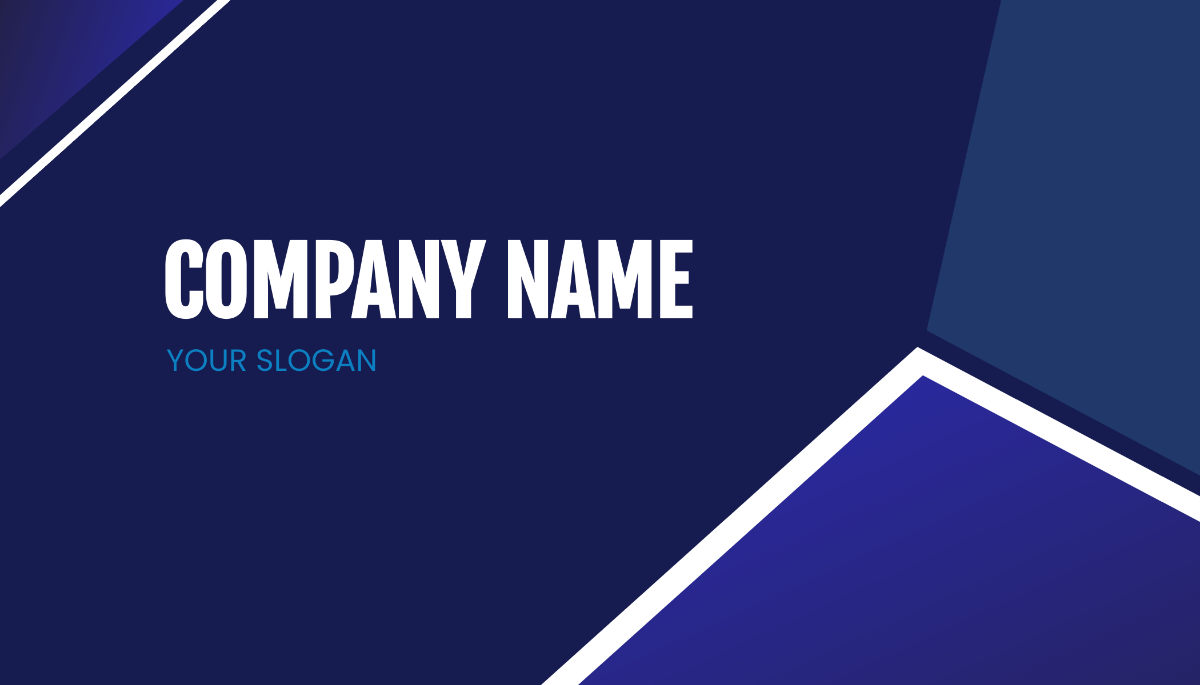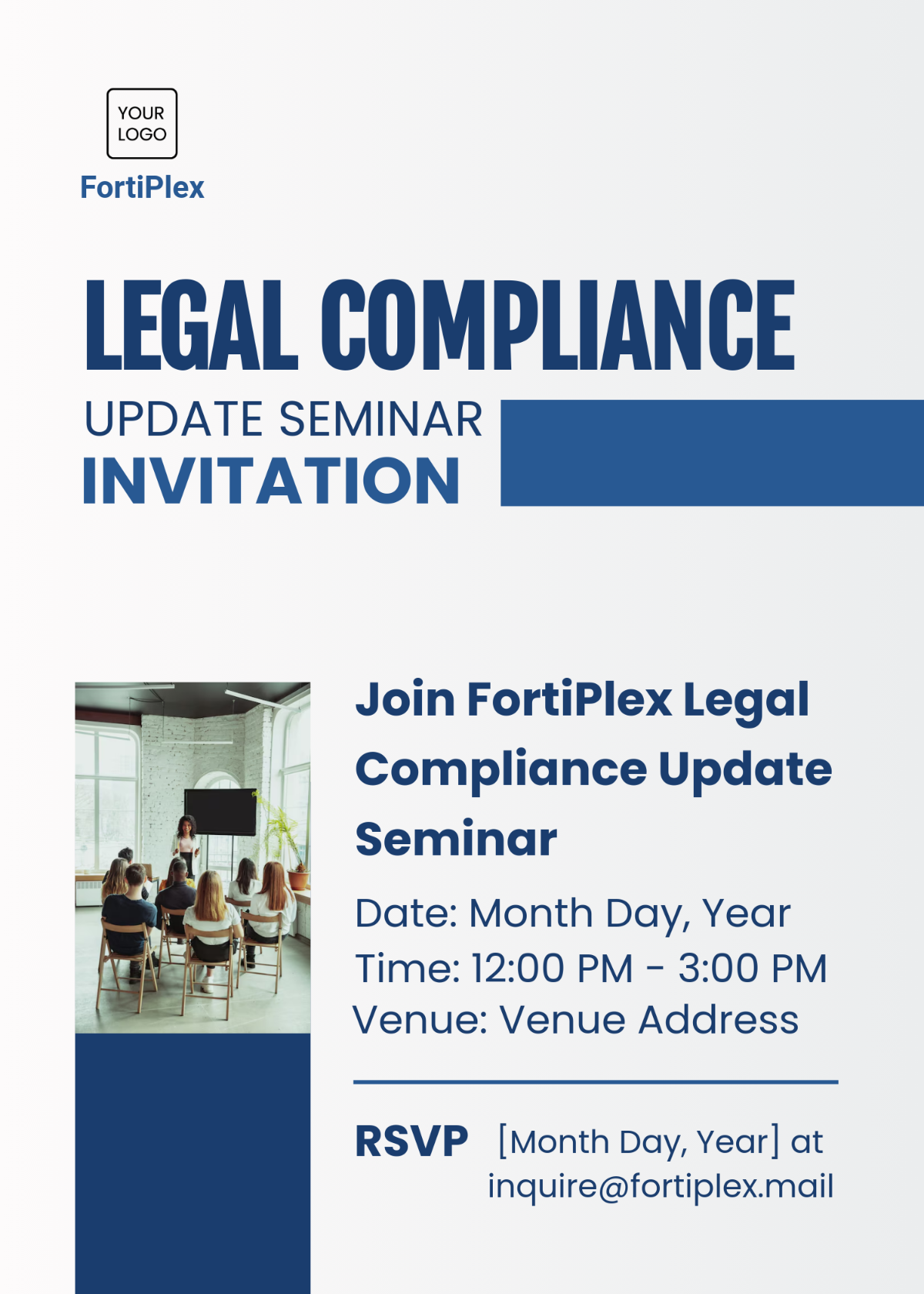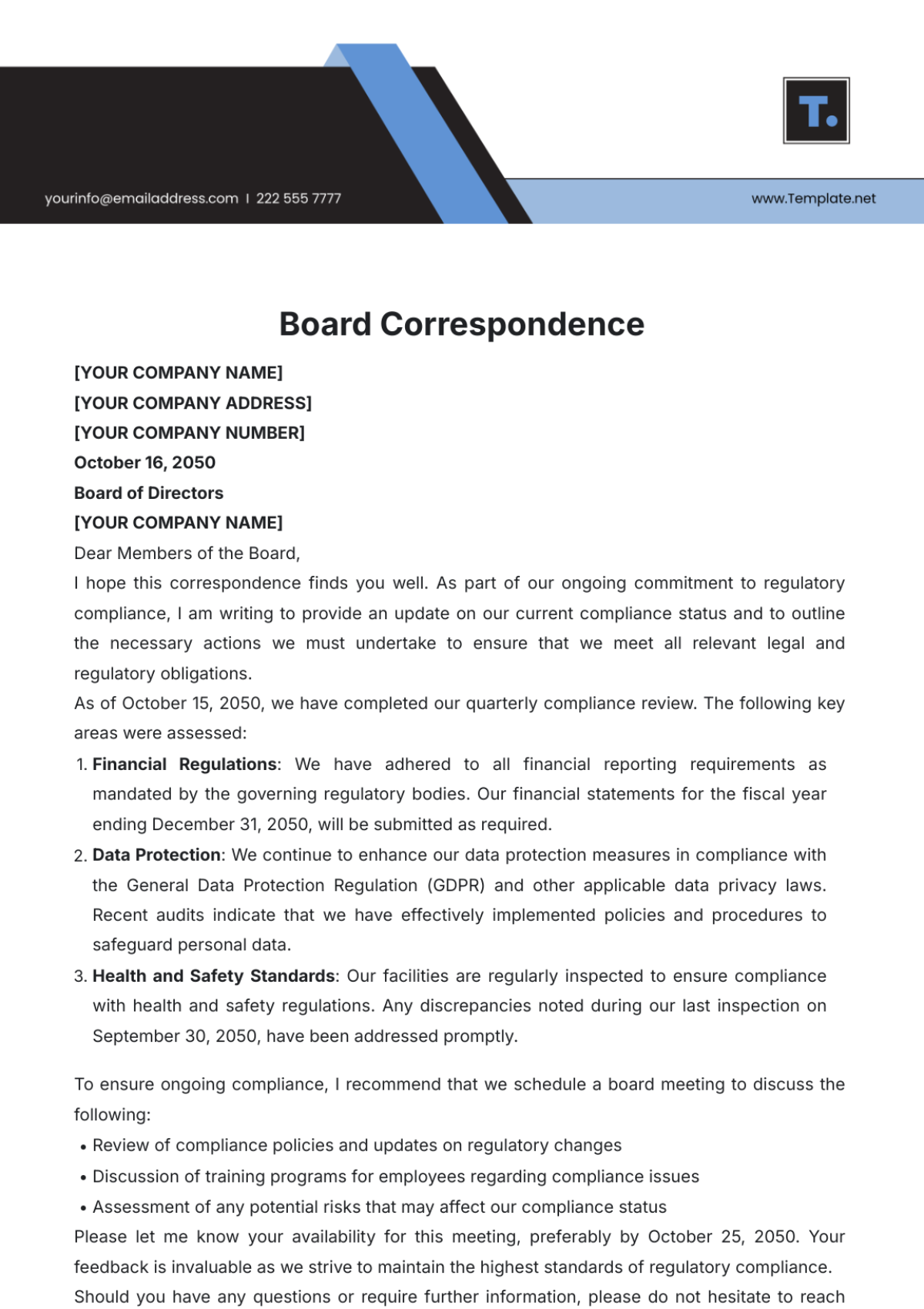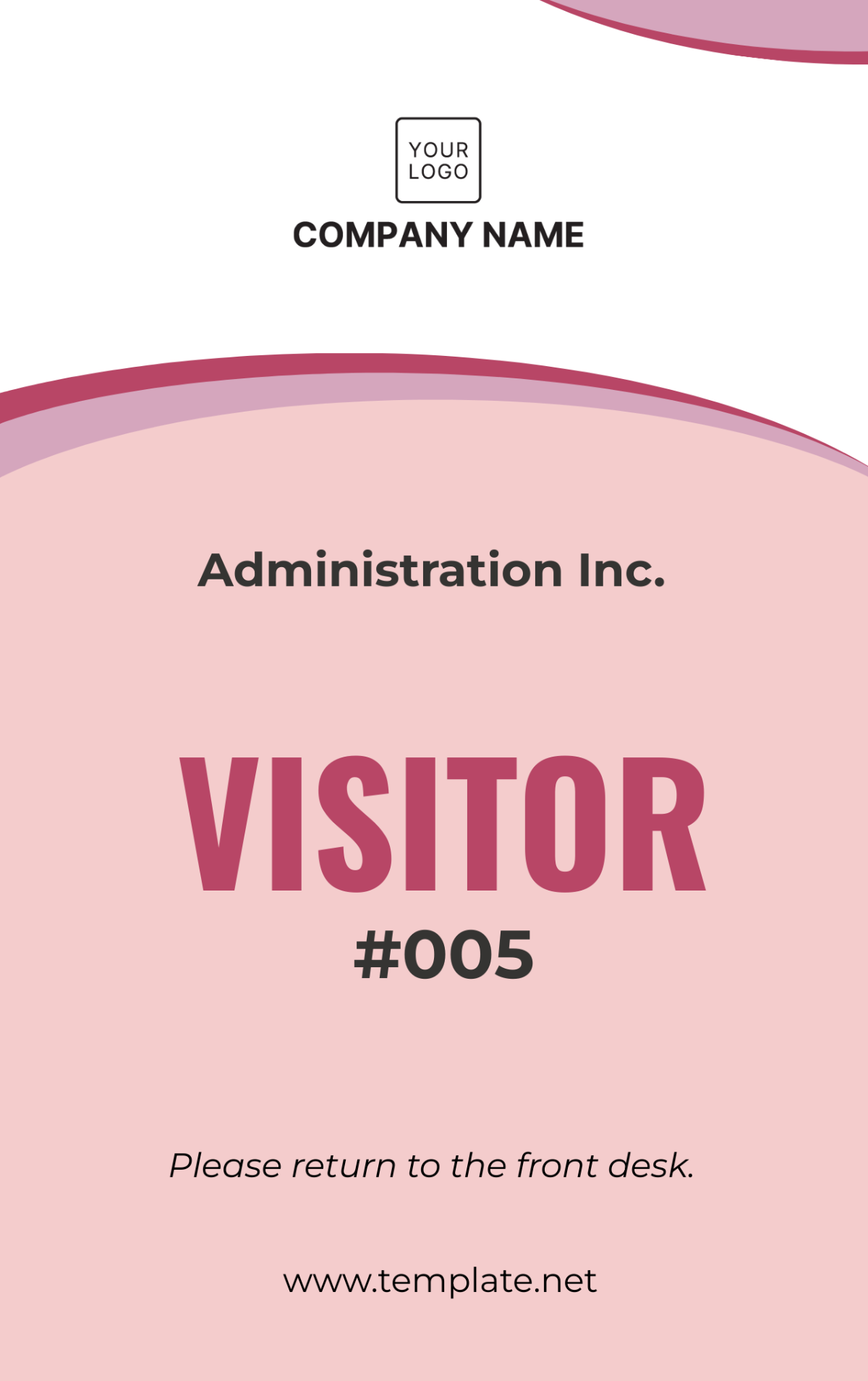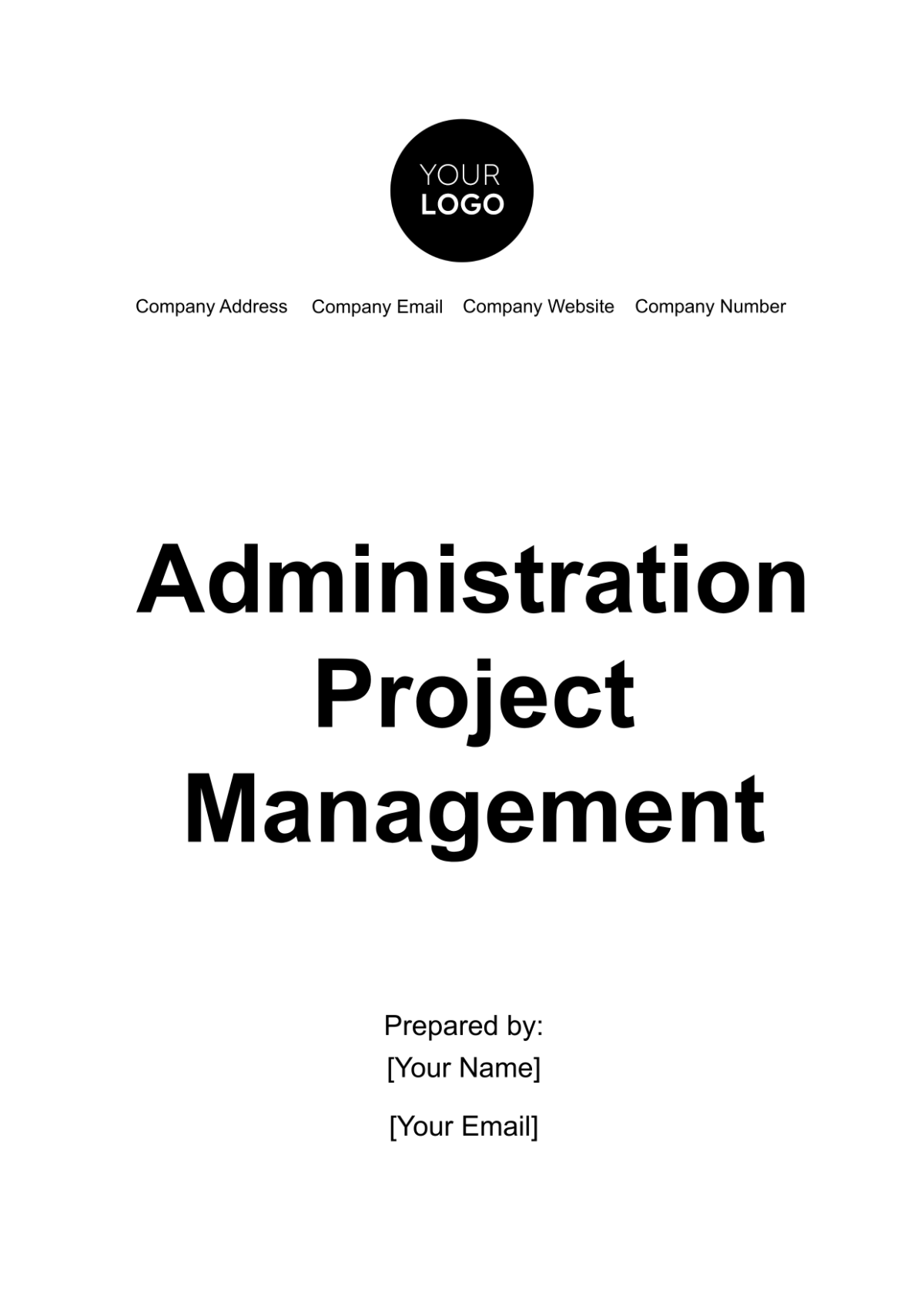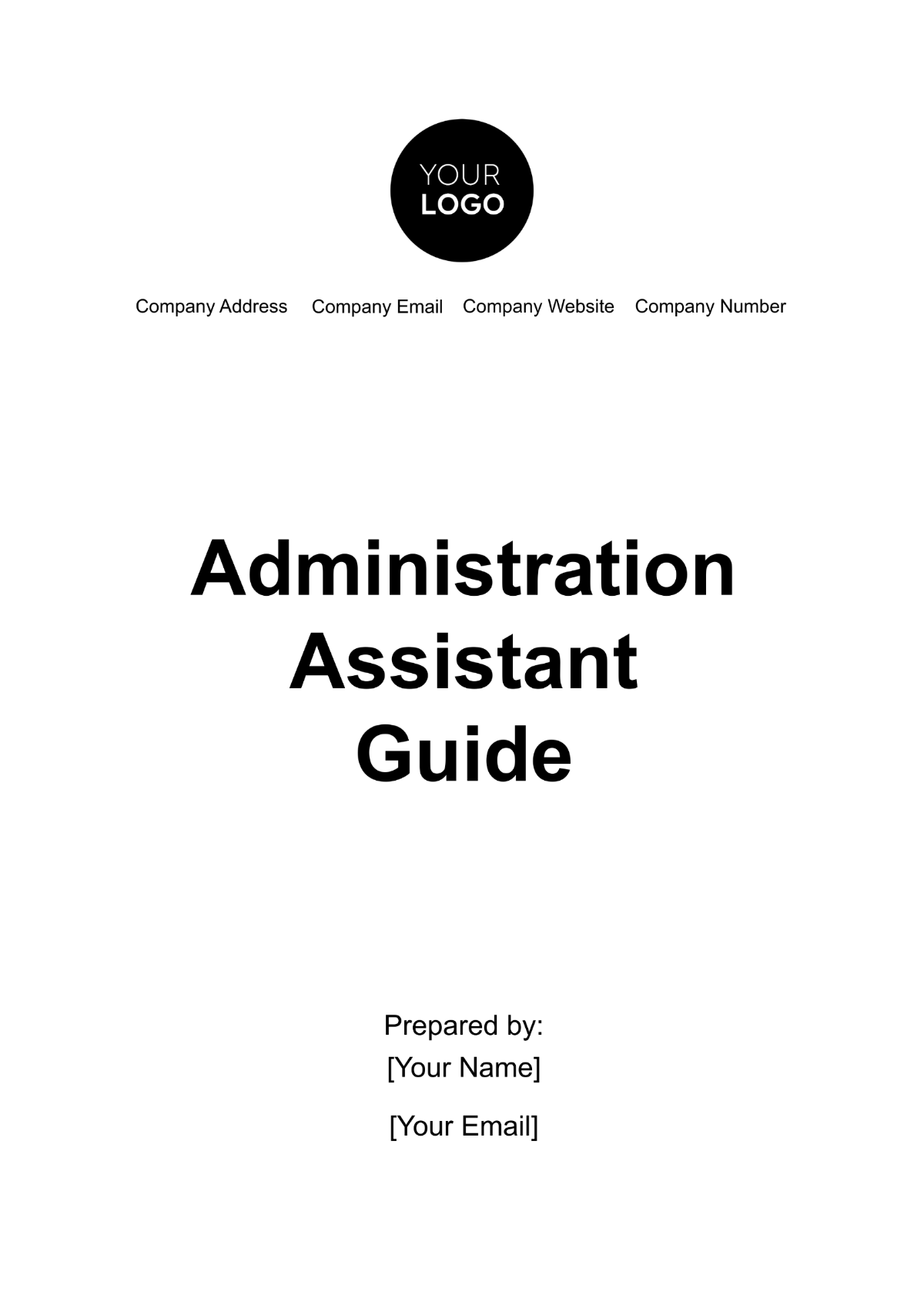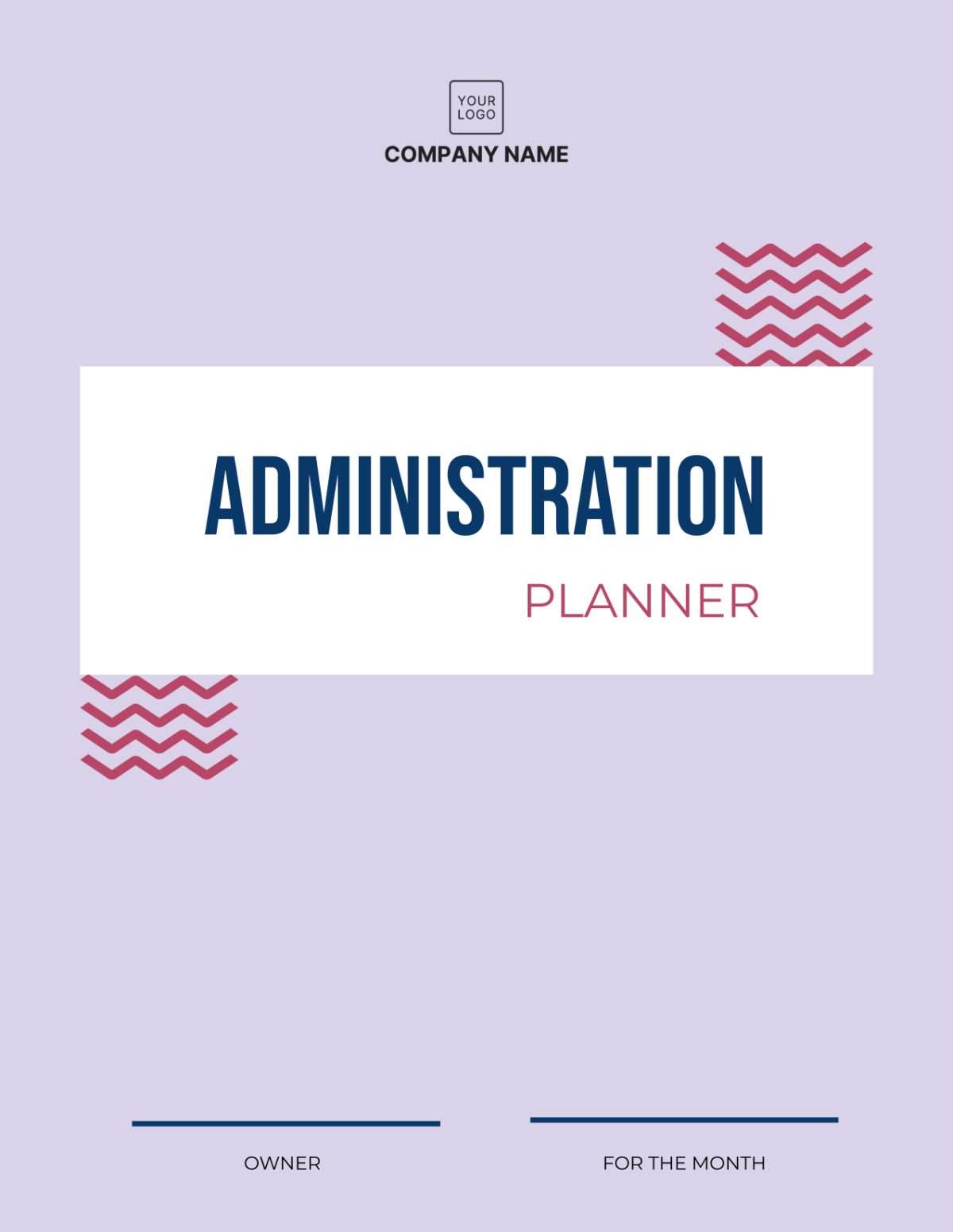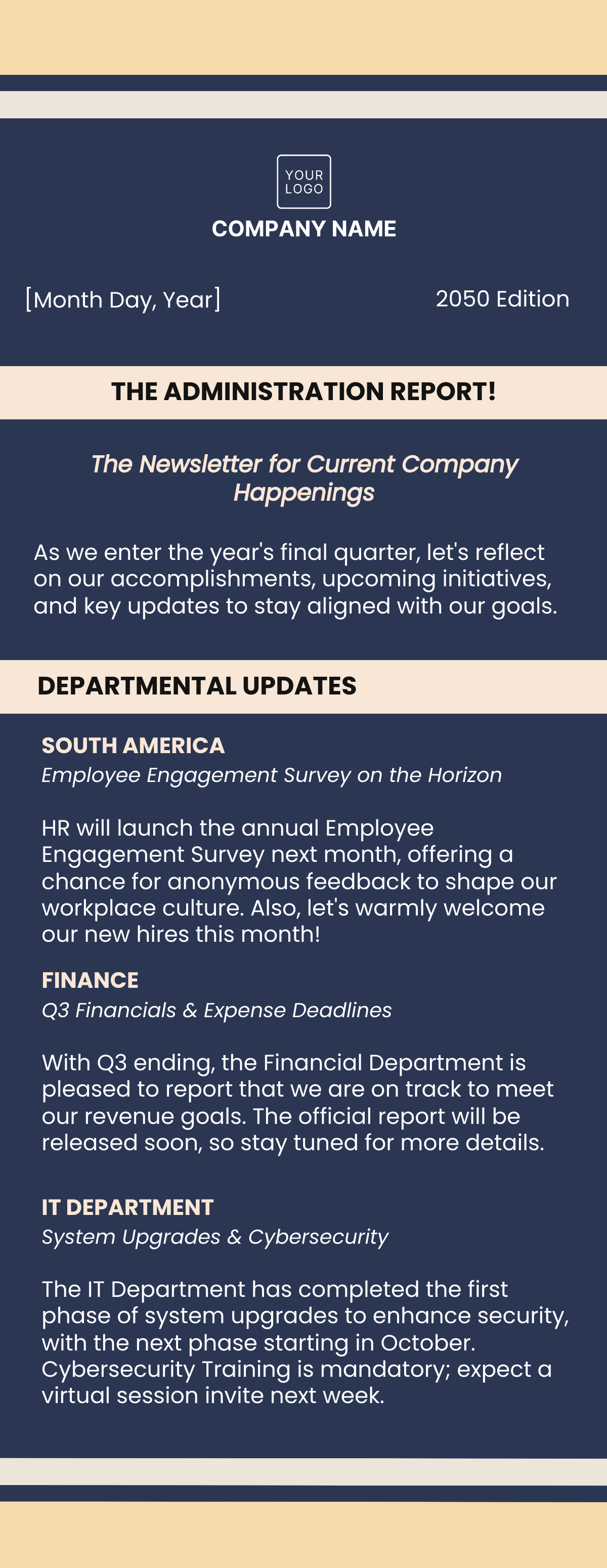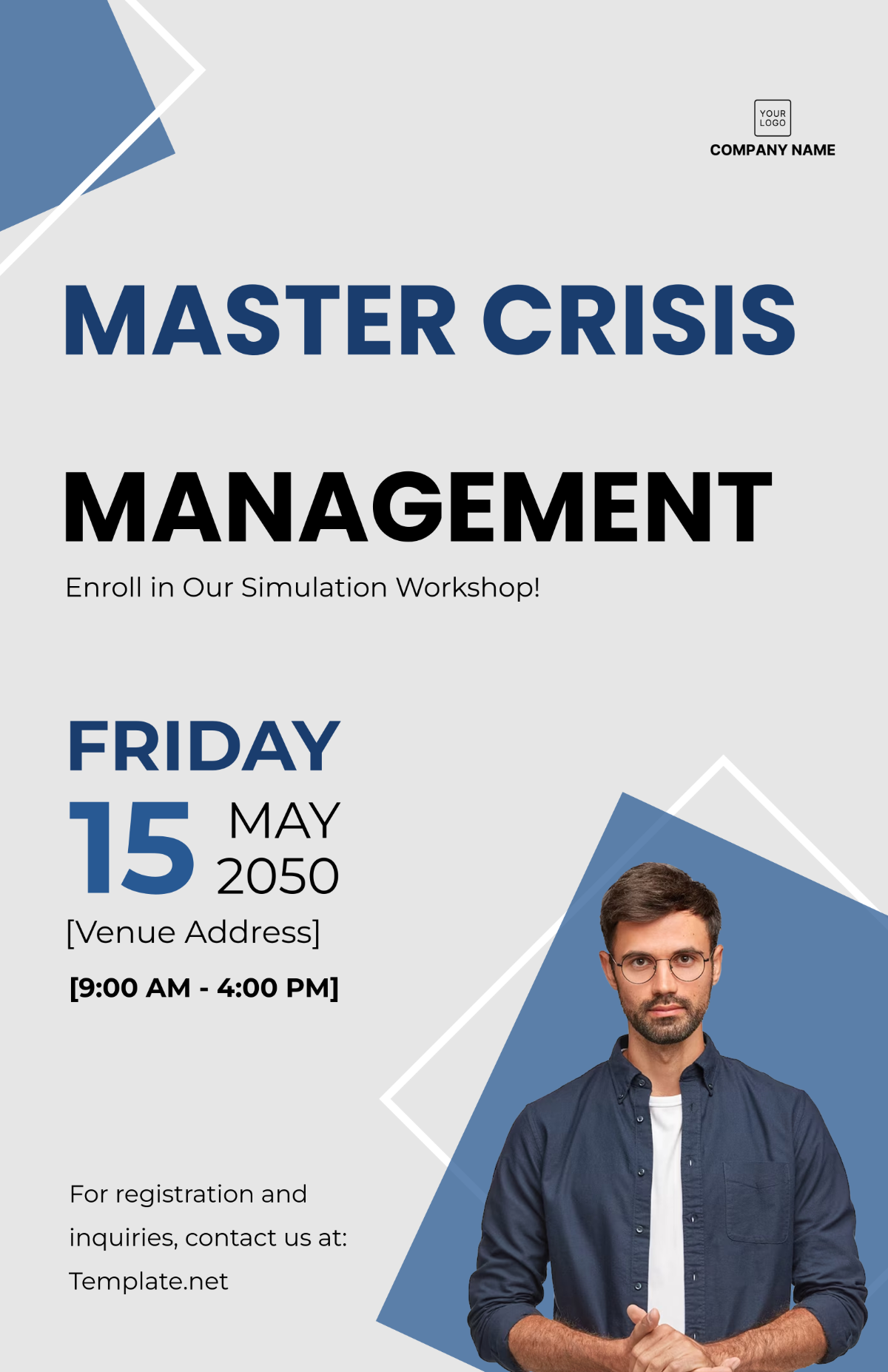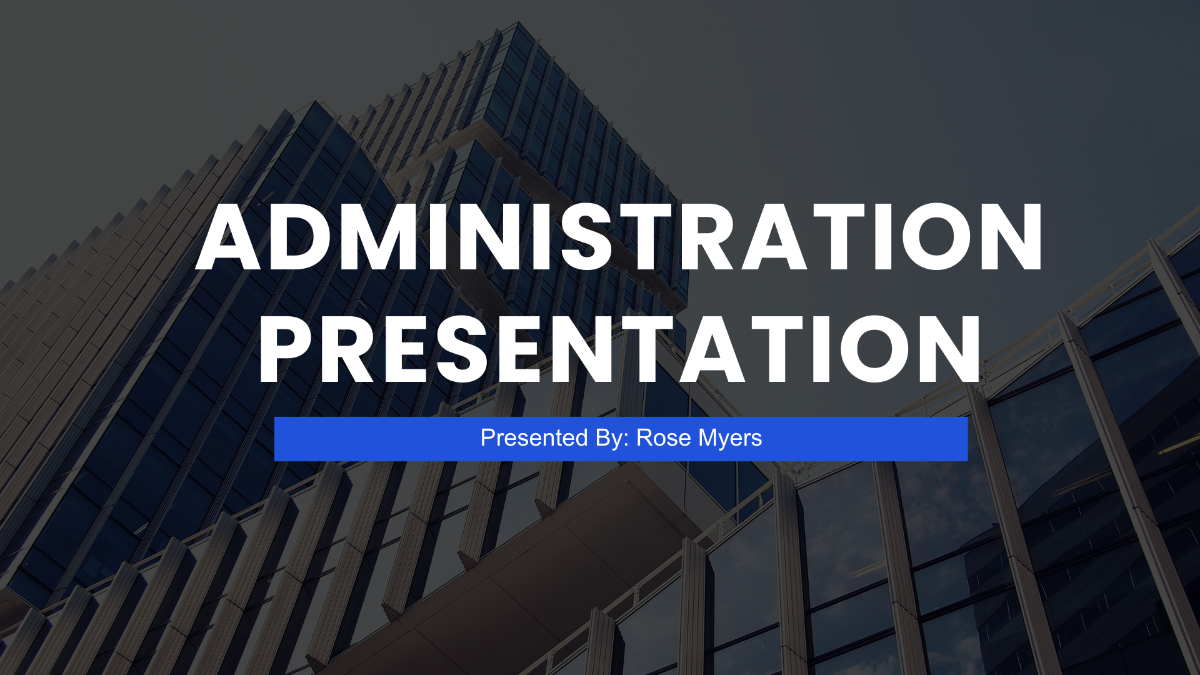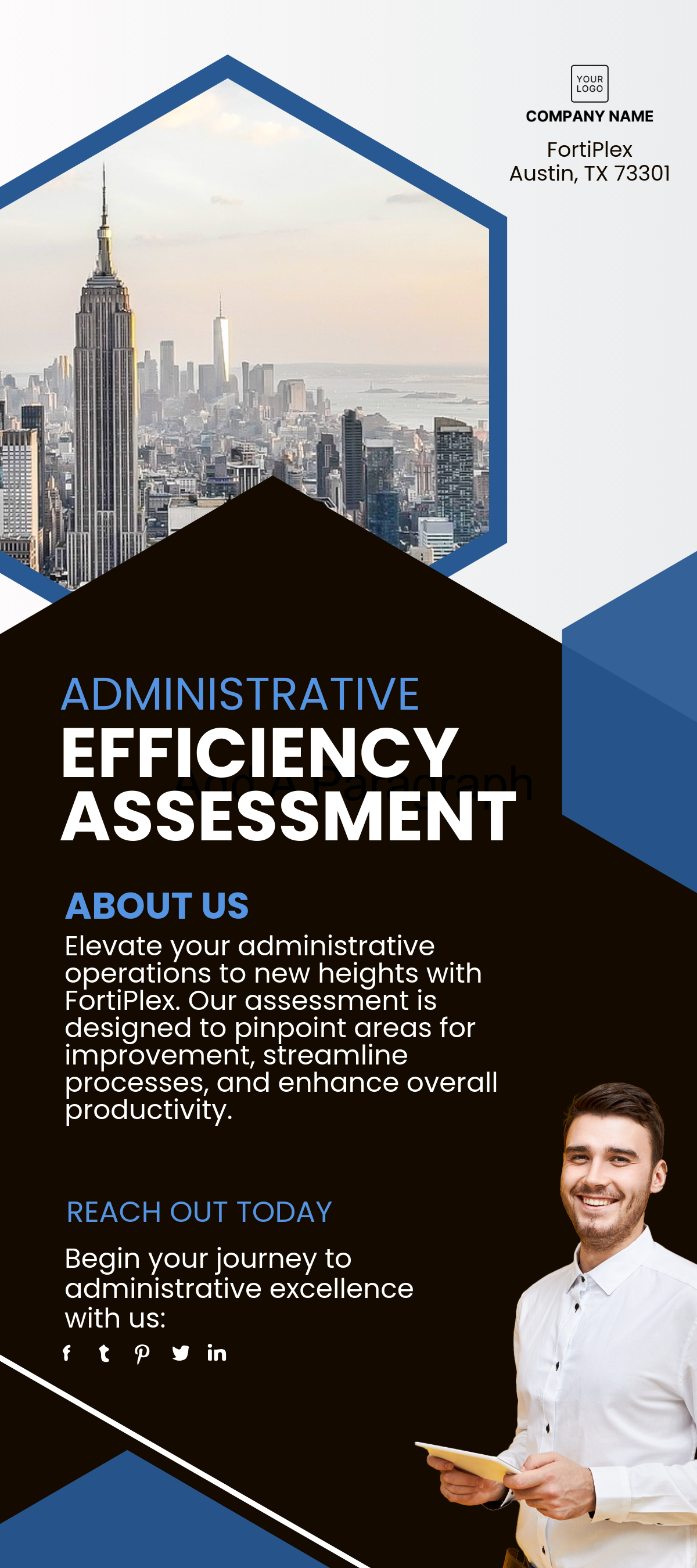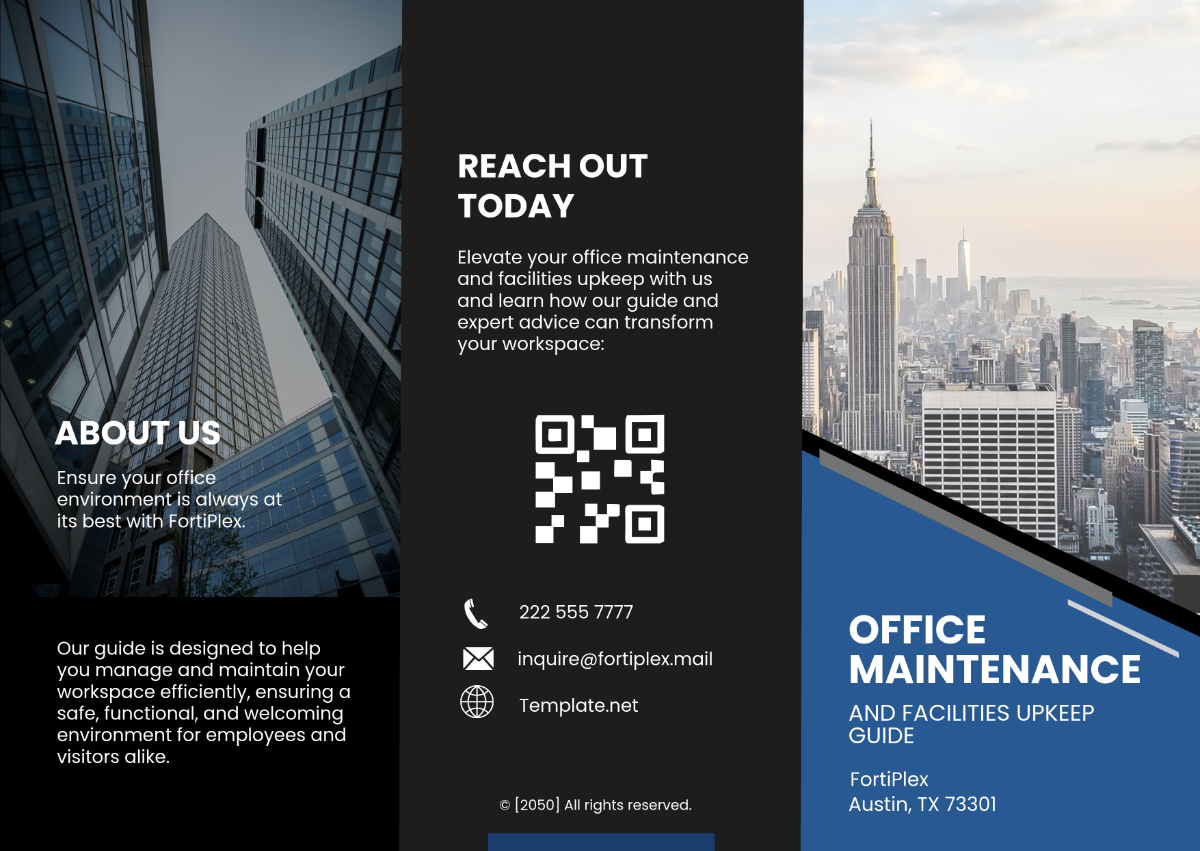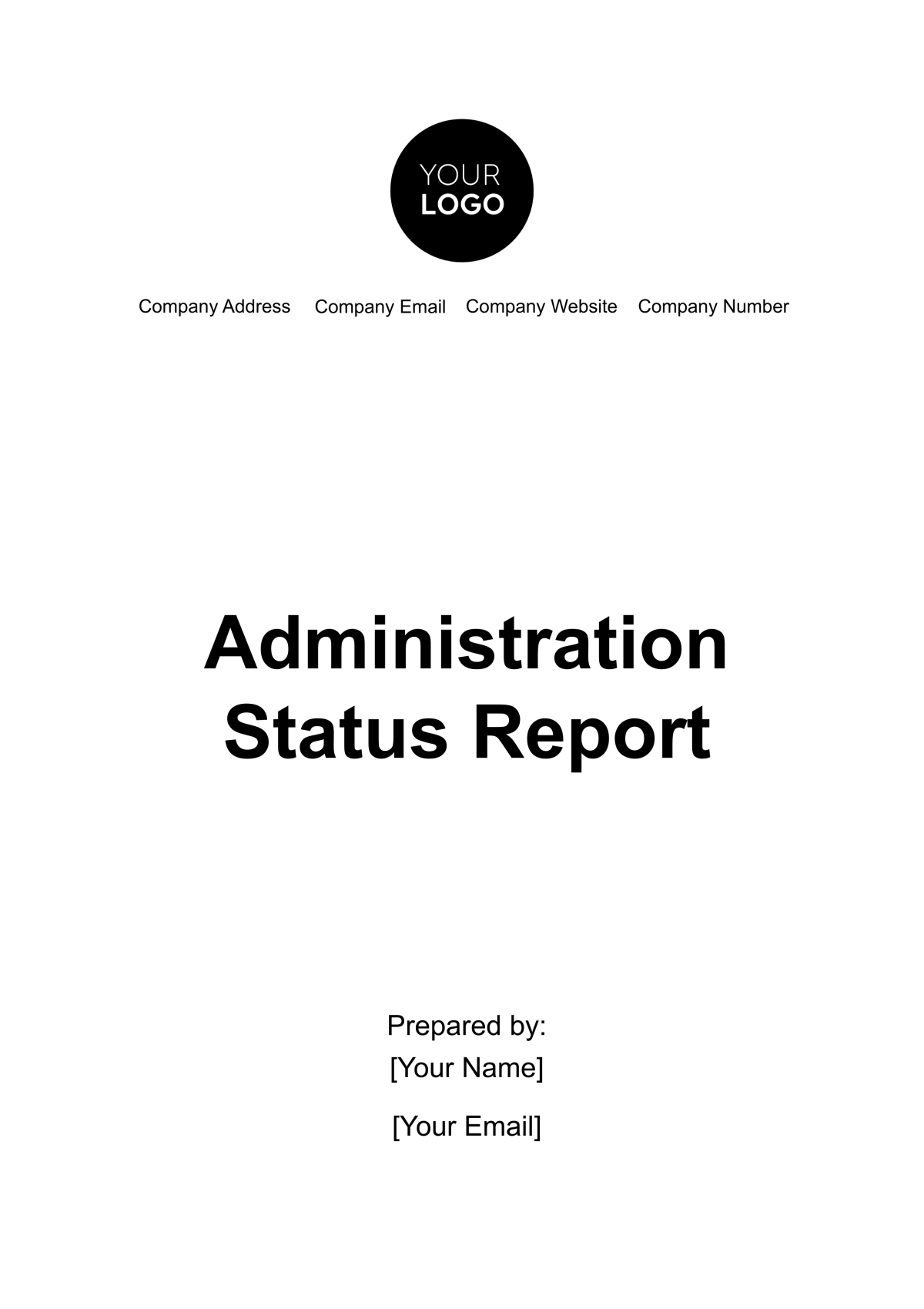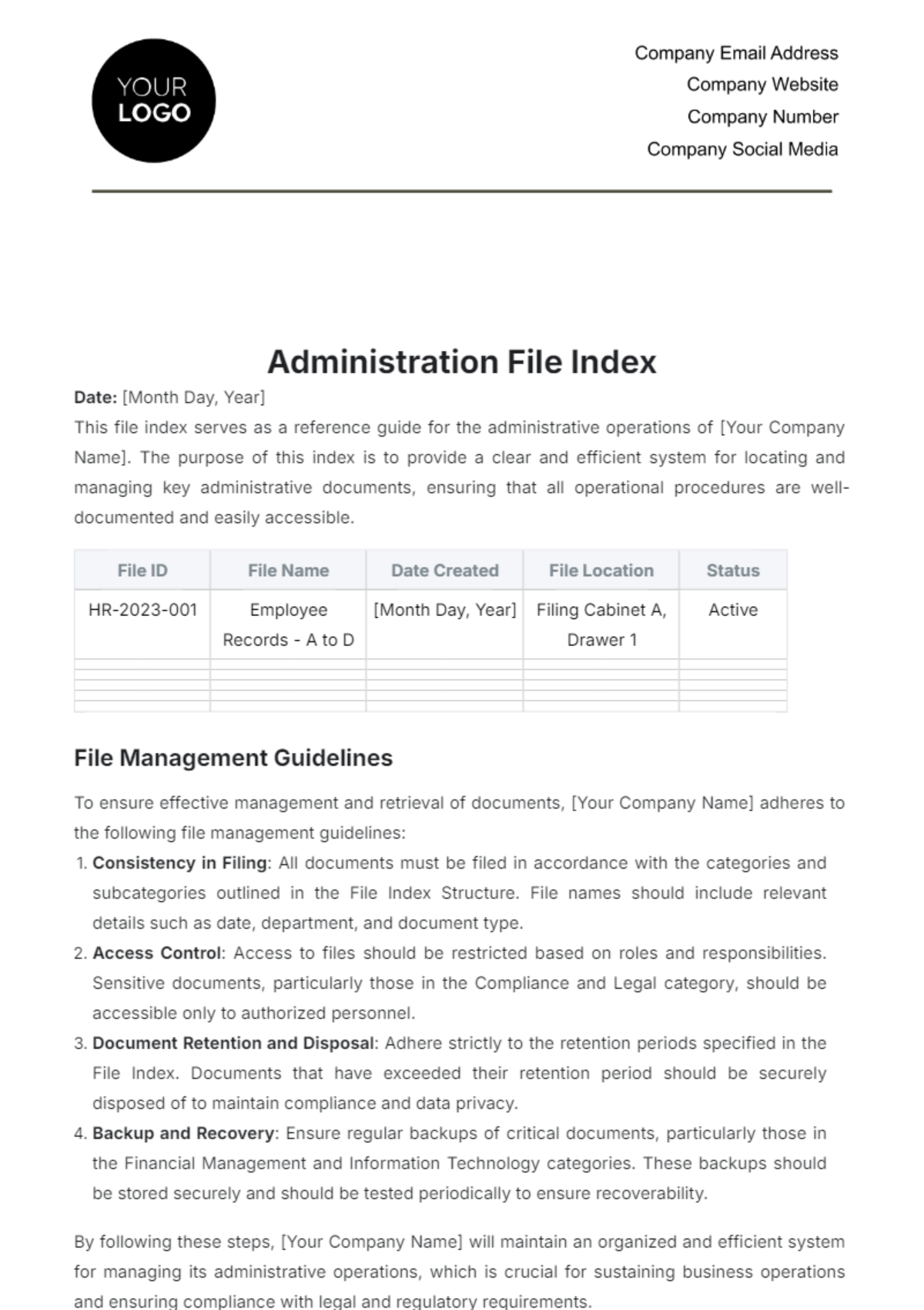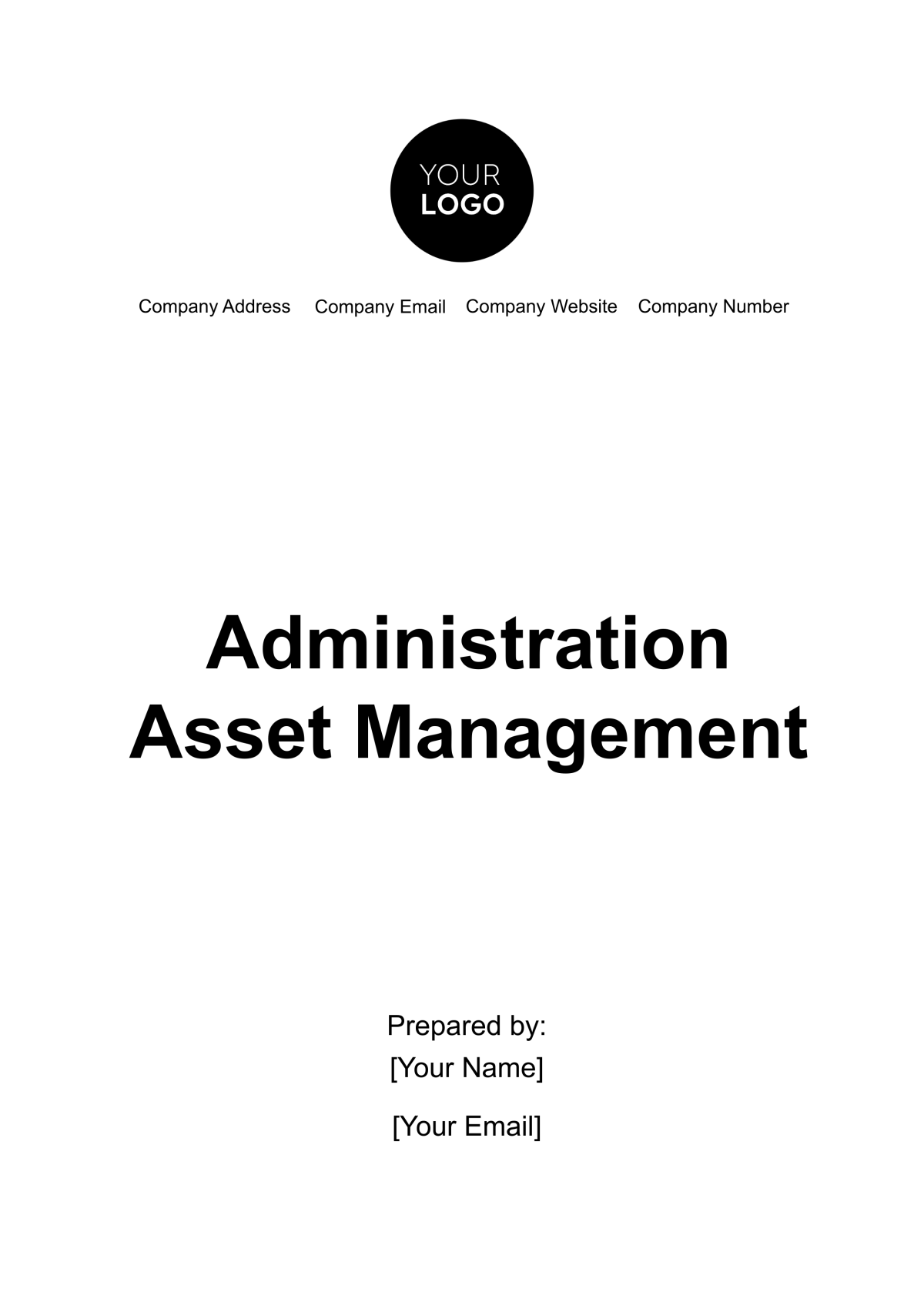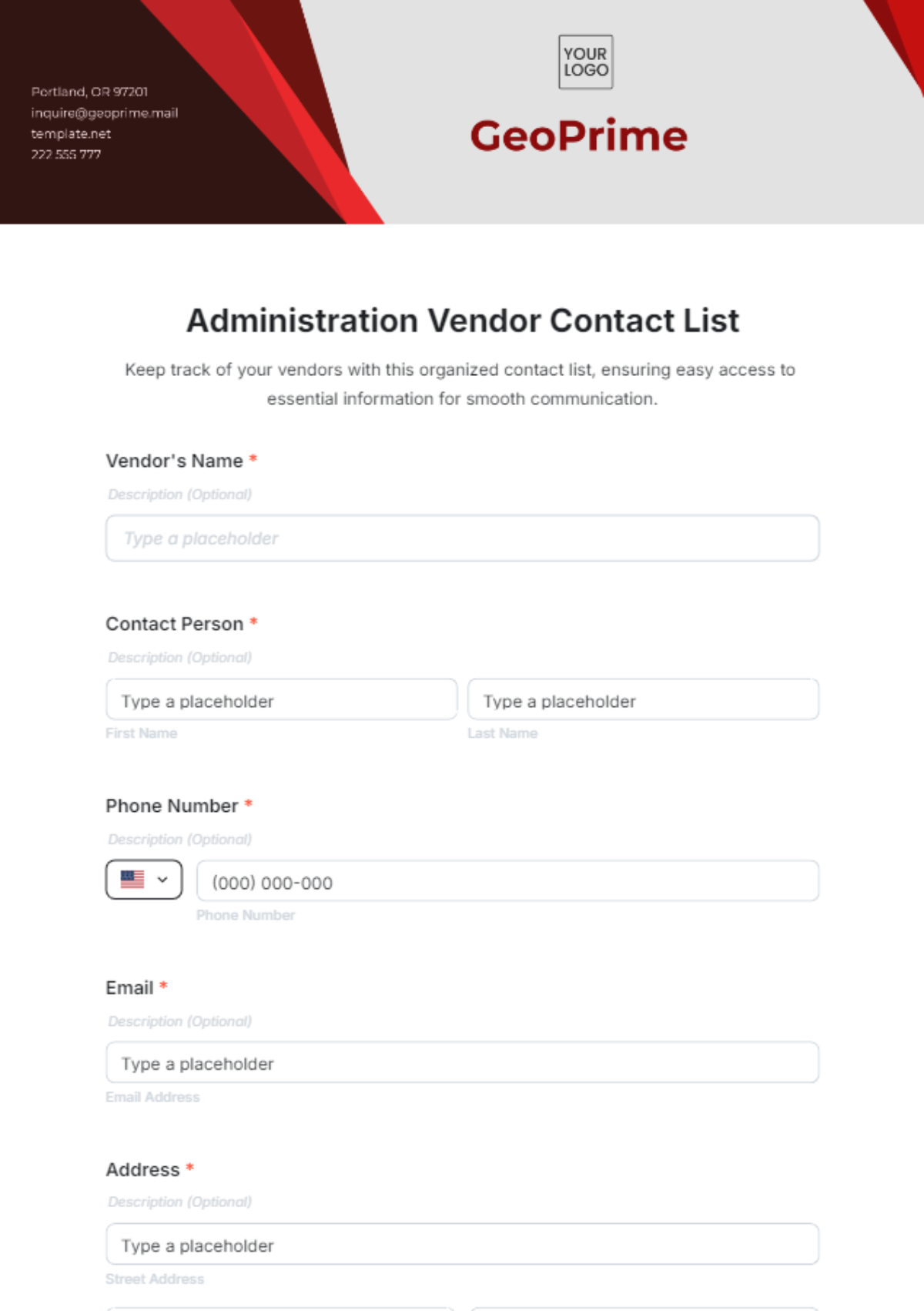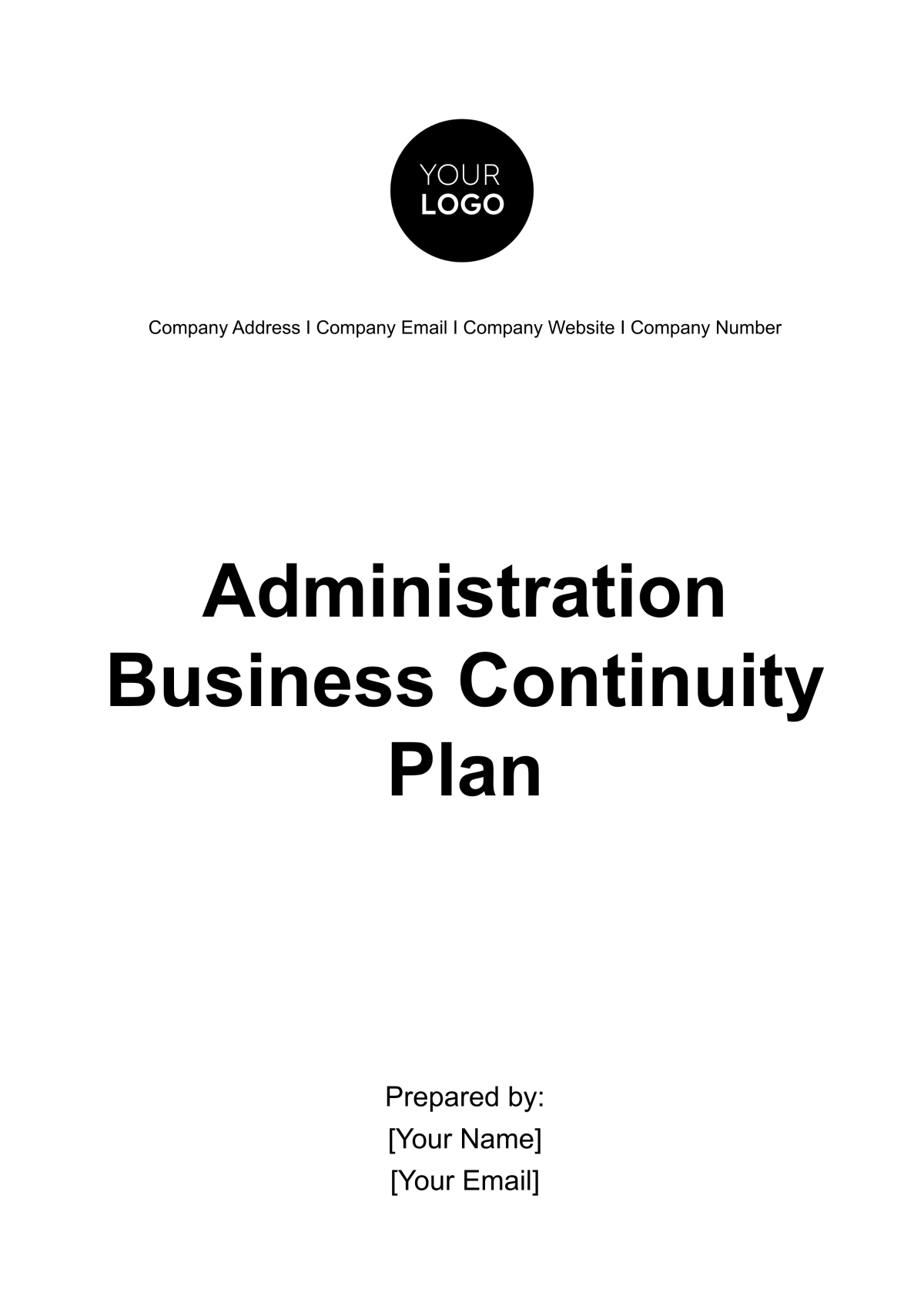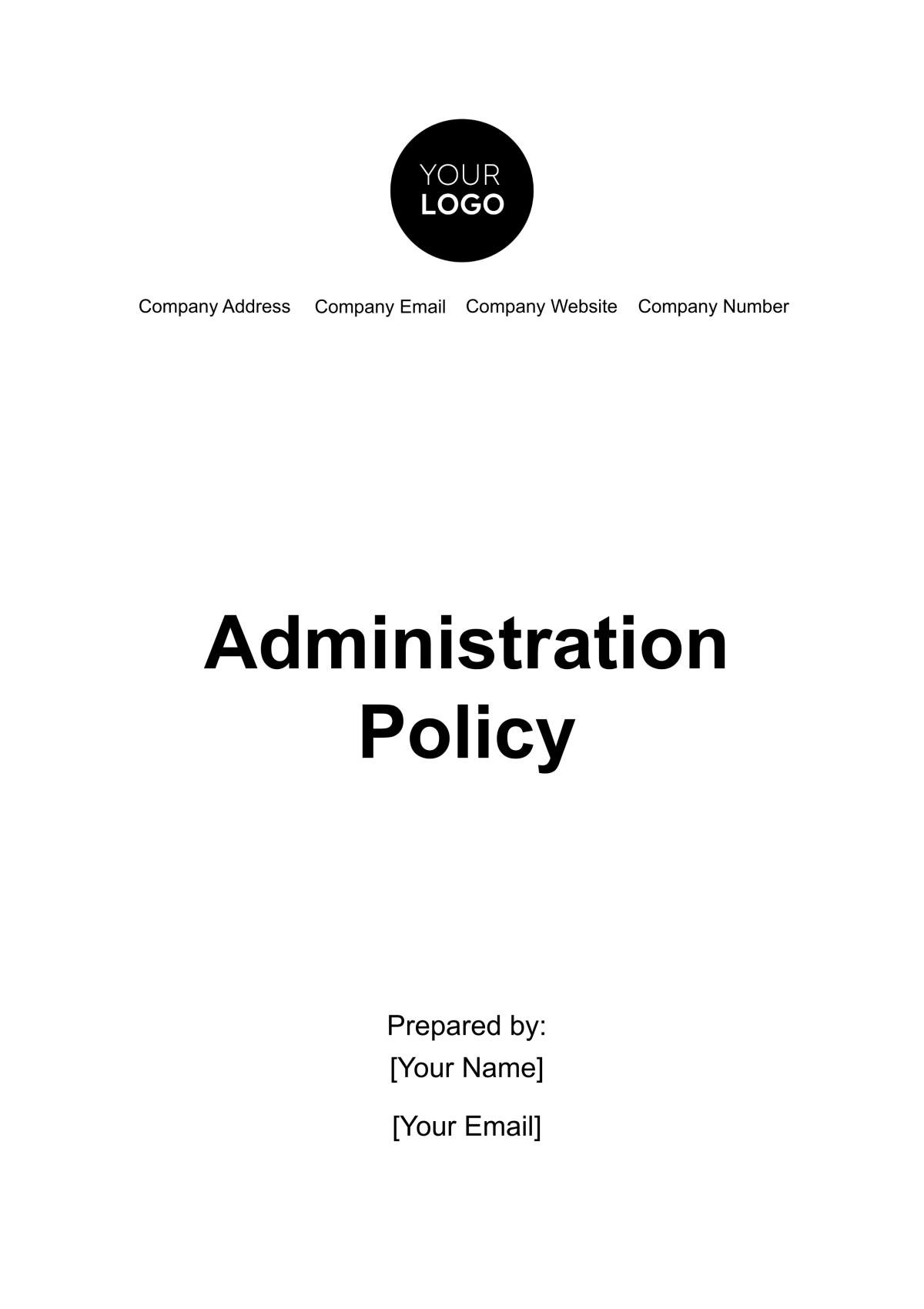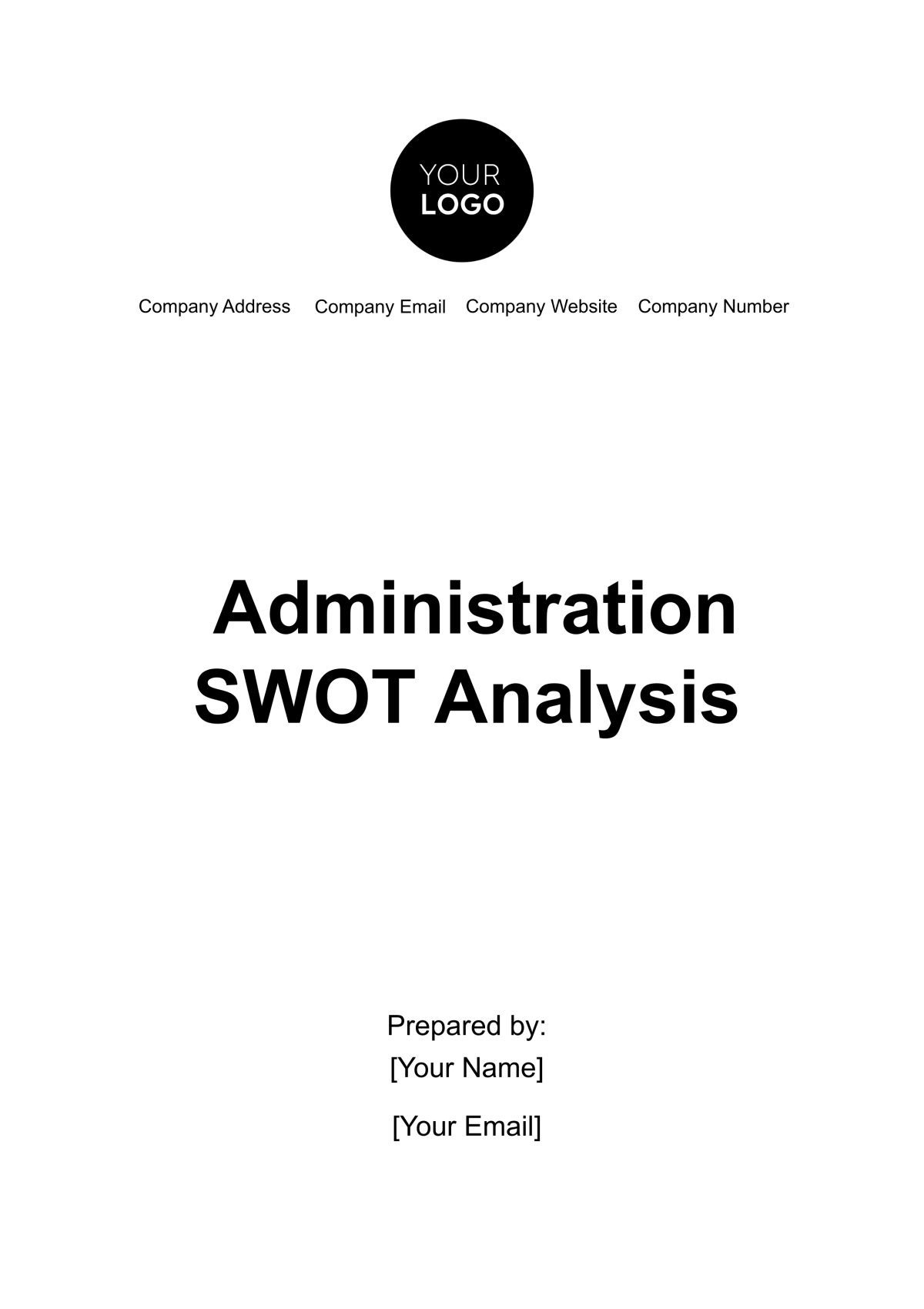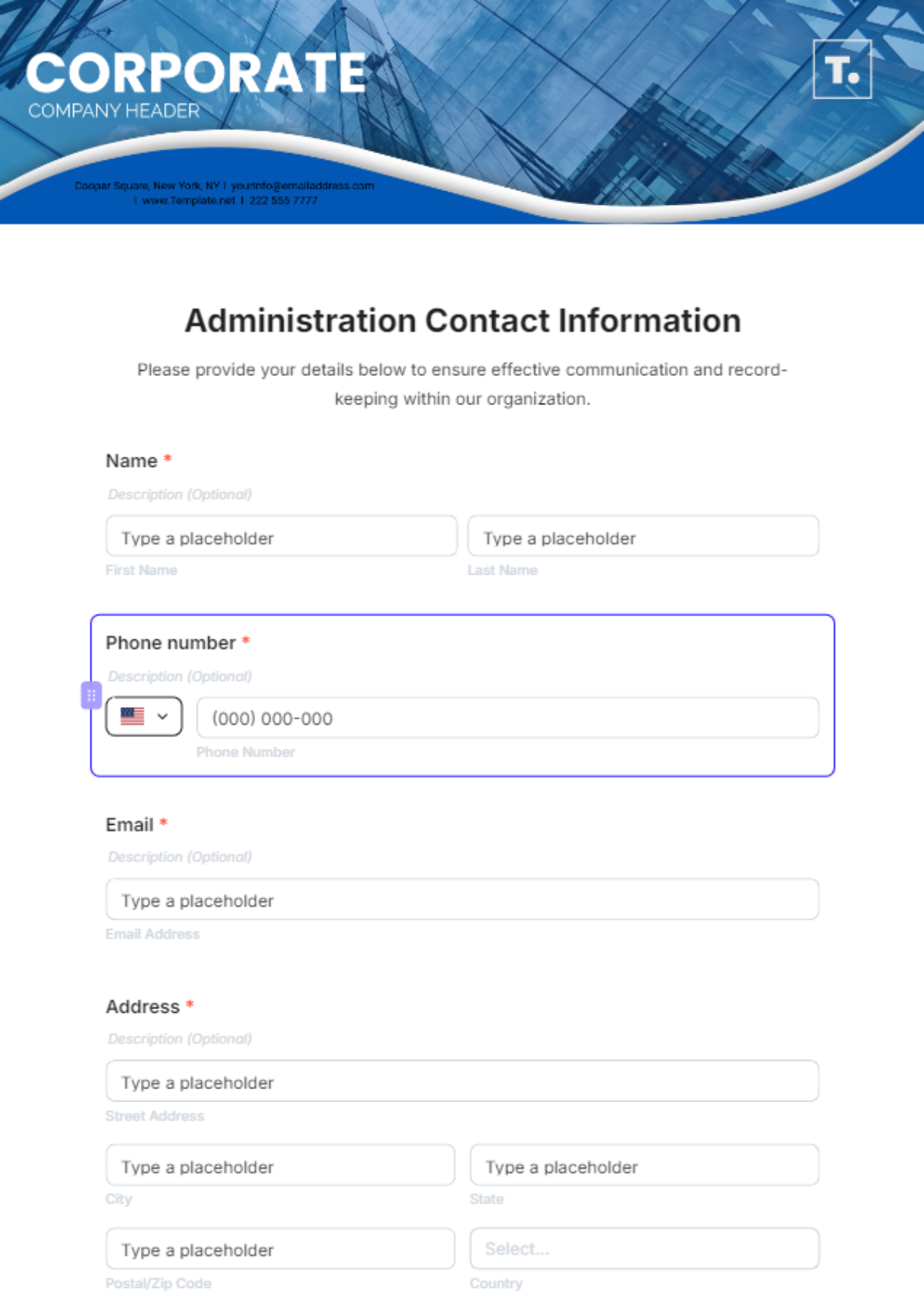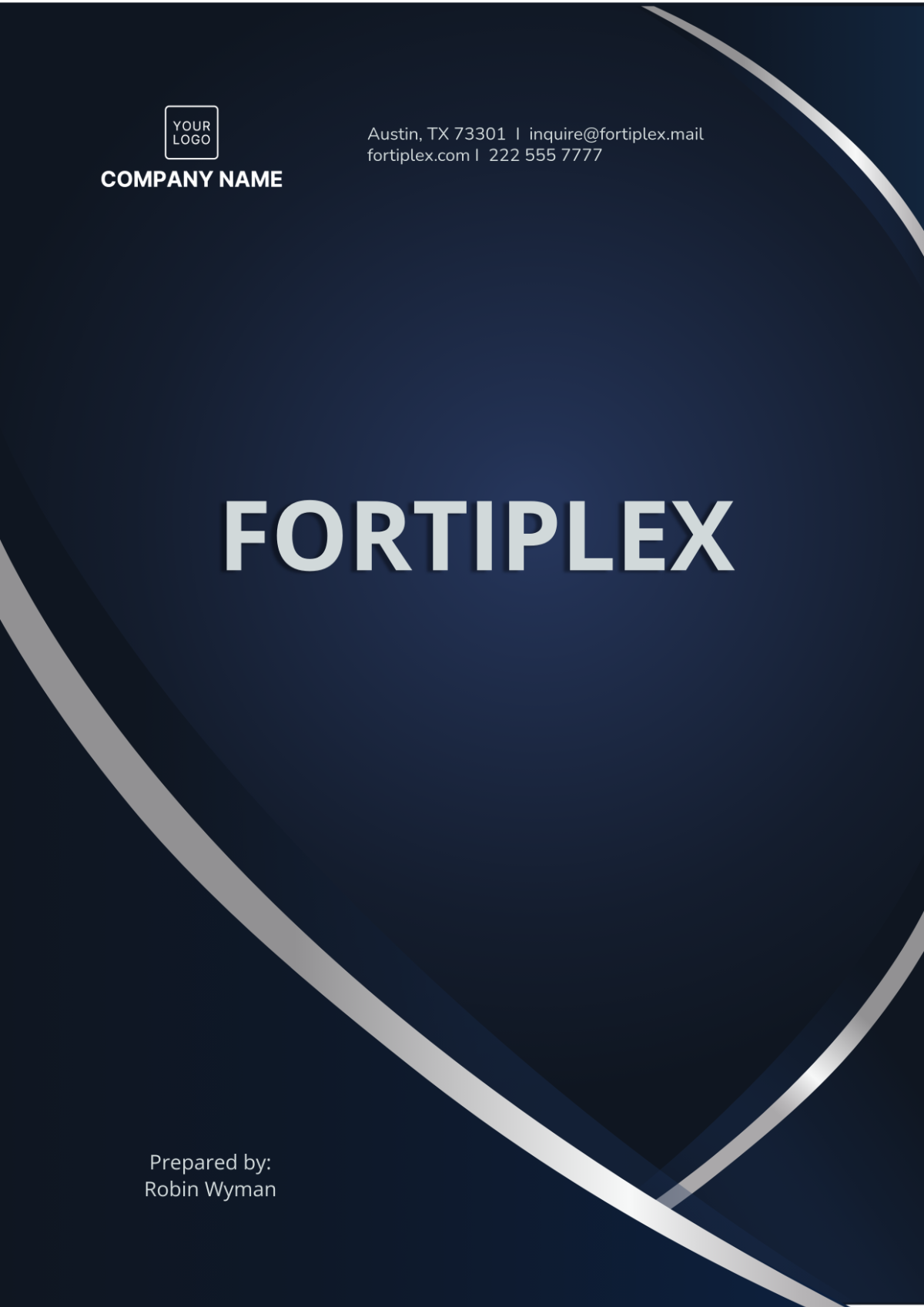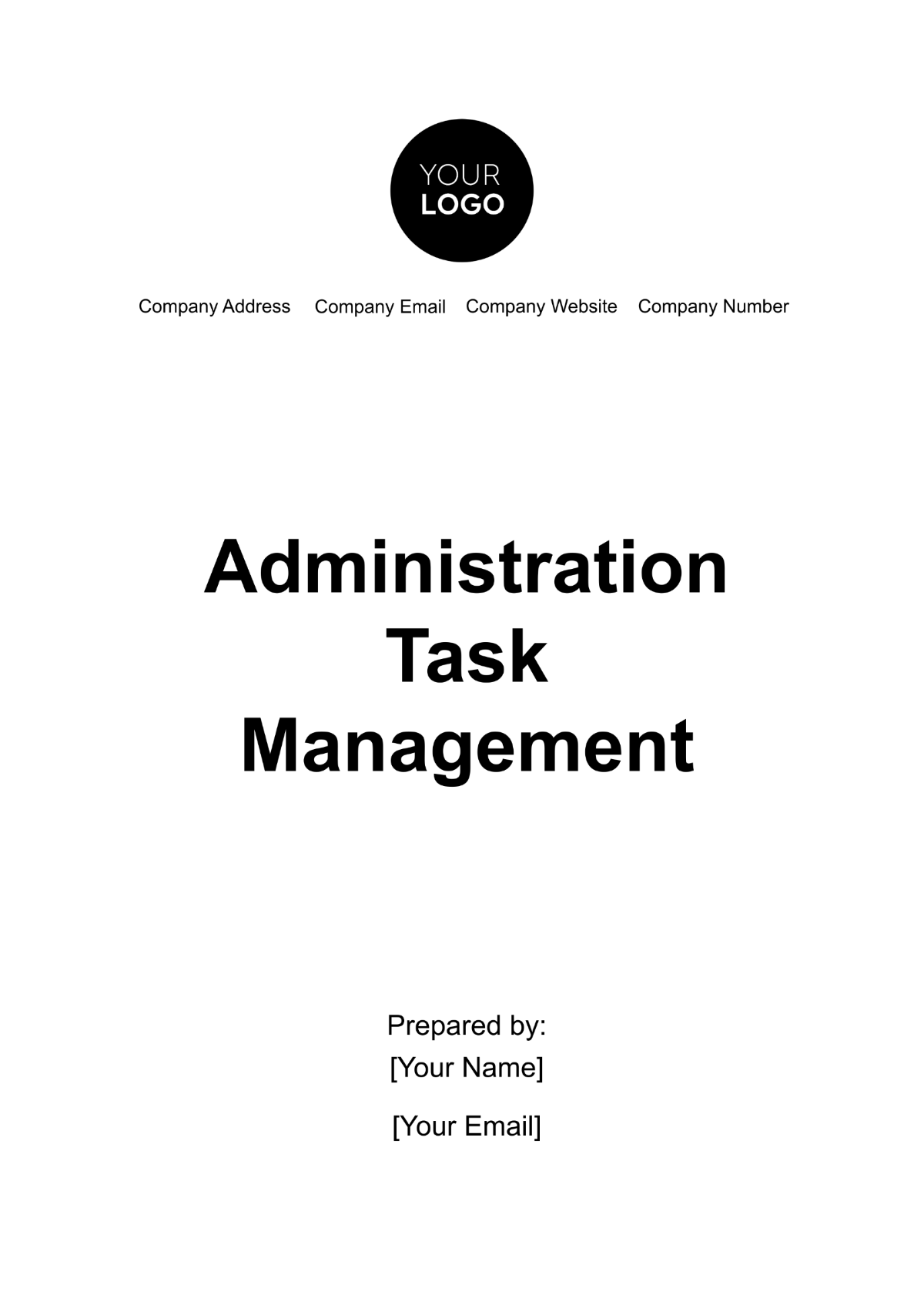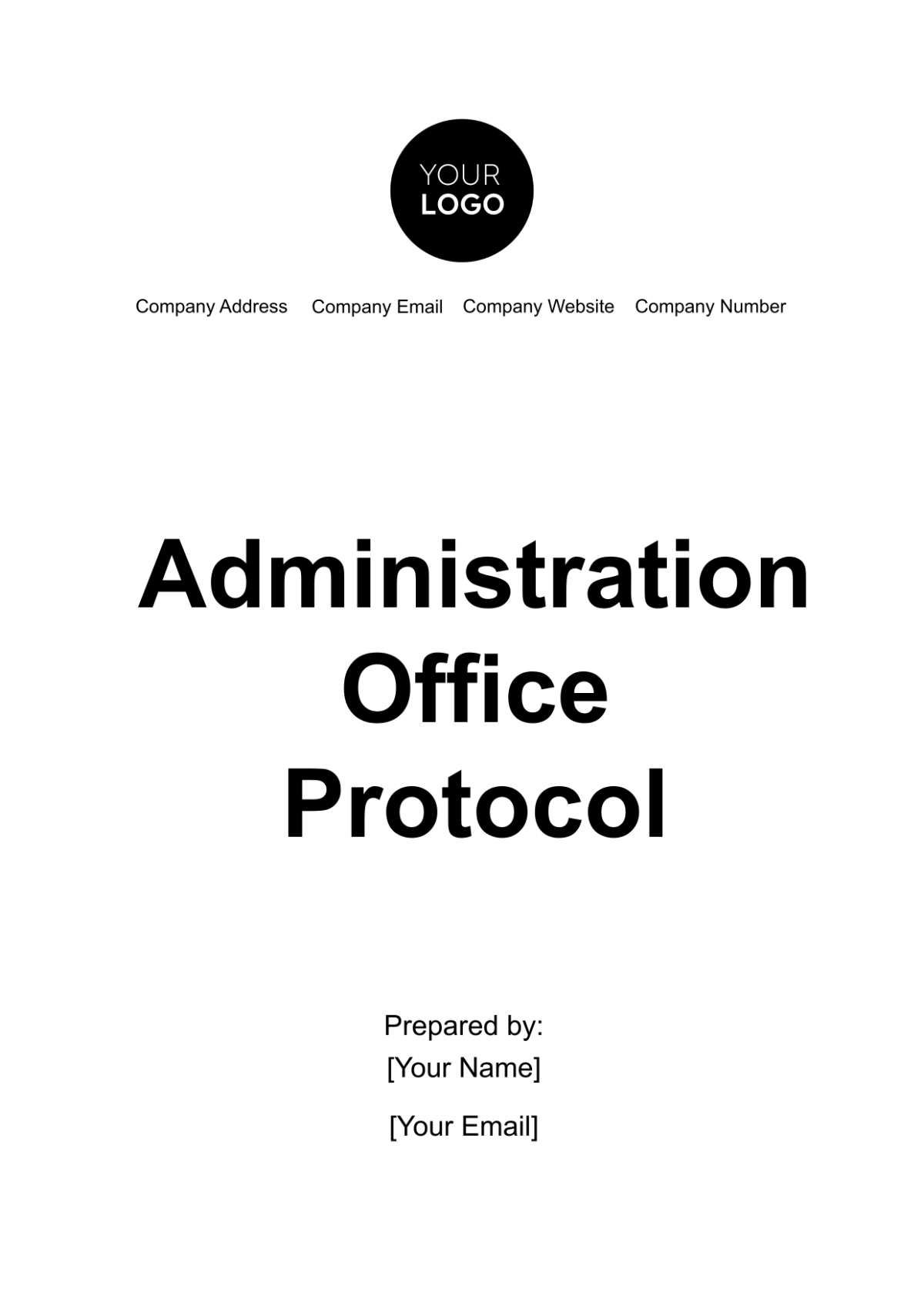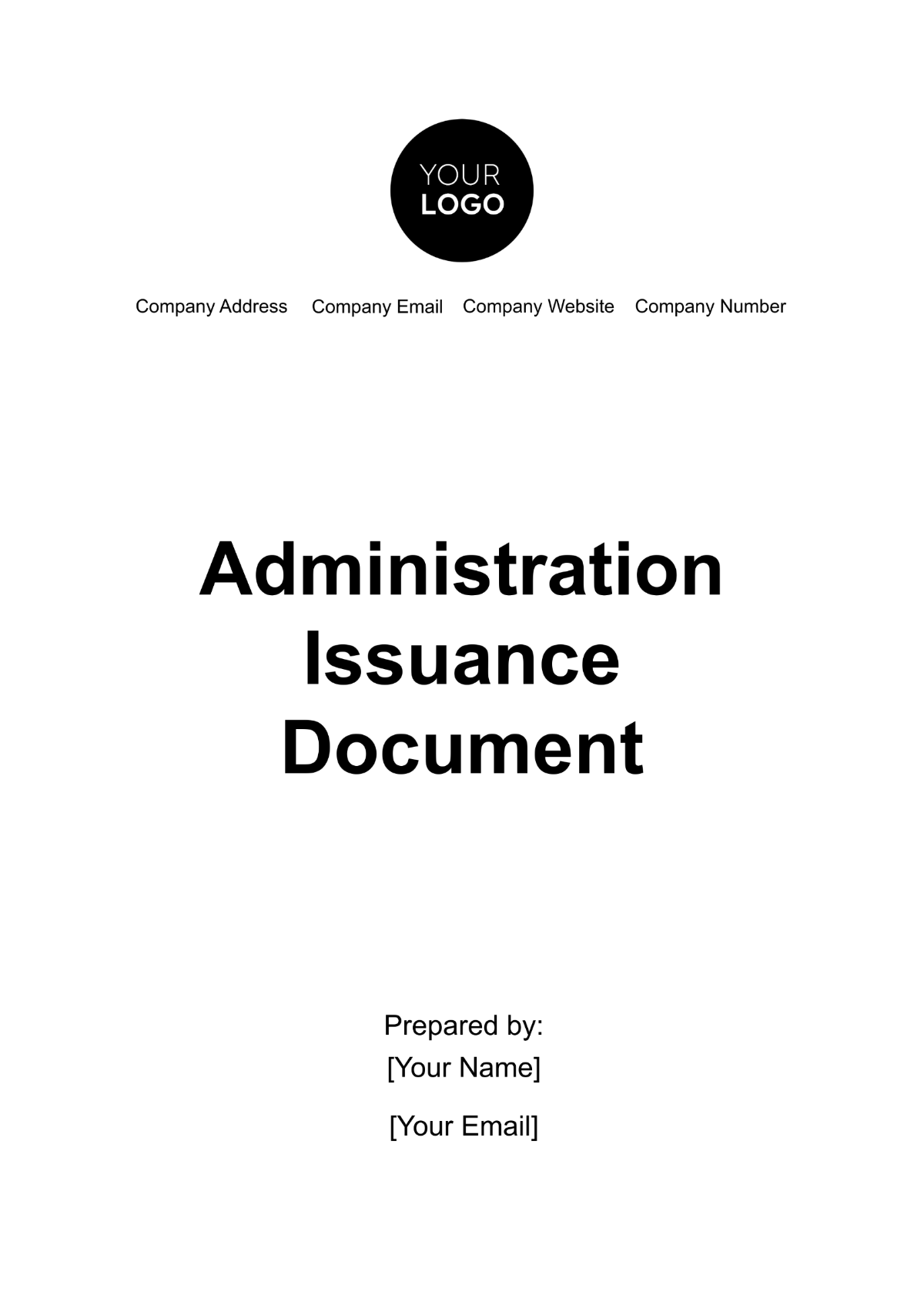1. Introduction
1.1 Purpose
The Administration Corporate Identity Guide serves as a comprehensive reference document outlining the guidelines and standards for representing our company consistently across all communication channels and materials. It aims to ensure a cohesive and recognizable brand identity that reflects our values and mission.
1.2 Scope
This guide applies to all employees, contractors, partners, and third-party vendors who create or use materials representing our company. It covers various aspects of our corporate identity, including logo usage, color palette, typography, imagery, stationery, templates, brand assets management, and compliance.
1.3 Audience
The primary audience for this guide includes marketing and design professionals responsible for creating brand materials, as well as employees involved in communication and promotion activities. Additionally, it is relevant to anyone representing our company externally.
1.4 Revision History
Version 1.0: January 1, 2024
Initial release of the Administration Corporate Identity Guide.
Version 1.1: March 15, 2024
Updated logo usage guidelines.
Added color palette section.
Version 1.2: July 1, 2024
Included typography guidelines.
Expanded brand assets management section.
2. Corporate Identity Overview
2.1 Brand Mission
At our company, our mission is to provide innovative solutions that empower individuals and businesses to succeed in a digital world. We strive to enhance productivity, efficiency, and creativity through our products and services, enabling our customers to achieve their goals with confidence.
2.2 Brand Values
Our brand is built on a set of core values that guide our actions and decisions:
Integrity: We uphold the highest standards of honesty and ethical behavior in all aspects of our business.
Innovation: We continuously seek new ideas and solutions to drive progress and stay ahead in a rapidly evolving industry landscape.
Customer Centricity: We prioritize understanding and meeting the needs of our customers, delivering exceptional experiences at every touchpoint.
Collaboration: We foster a culture of teamwork and collaboration, recognizing that collective effort leads to greater success.
Excellence: We are committed to excellence in everything we do, striving for continuous improvement and surpassing expectations.
2.3 Brand Voice and Tone
The voice of our company should reflect our brand personality, which is approachable, knowledgeable, and supportive. Our tone varies depending on the context but is generally friendly, professional, and engaging, conveying authenticity and trustworthiness.
2.4 Visual Identity Elements
Our visual identity consists of key elements that collectively represent our company to the world:
Logo: The primary symbol of our brand, embodying our values and identity.
Color Palette: A carefully selected range of colors that evoke specific emotions and associations.
Typography: The fonts and styles used in our communications, ensuring consistency and readability.
Imagery: The visual assets, including photos and illustrations, that support and enhance our brand message.
3. Logo Usage Guidelines
3.1 Primary Logo
Our primary logo is the preferred representation of our brand and should be used in most instances. It consists of our company name in bold, capitalized letters, accompanied by a distinctive icon on the left side. The icon features a stylized globe encompassed by a swooshing arc, symbolizing global reach and forward movement. The primary logo should be used on light backgrounds whenever possible to ensure optimal visibility and legibility.
3.2 Secondary Logo
In cases where the primary logo may not fit or is not appropriate, such as on dark backgrounds or in limited space, our secondary logo can be used. The secondary logo is a simplified version of our primary logo, designed to maintain brand recognition in challenging contexts. It consists of our company name without the accompanying icon, presented in the same bold, capitalized font. This version is suitable for use in small sizes or when color restrictions apply.
3.3 Clear Space Requirements
To maintain the visibility and impact of our logo, it is essential to surround it with clear space. The clear space is defined as equal to the height of the letter "N" in our company name. No other elements should encroach upon this designated space. This ensures that our logo remains prominent and uncluttered in any layout or design.
3.4 Minimum Size
The minimum size for reproducing our logo is determined by the width of the company name. When scaled down, the width of the company name should not be less than 0.75 inches (or 19 millimeters) to ensure that all elements remain legible and recognizable. When resizing our logo, always maintain its proportions to prevent distortion.
3.5 Logo Misuse Examples
Avoid misusing our logo in ways that could diminish its impact or compromise our brand integrity. Common logo misuse examples include:
Stretching or distorting the logo, which can alter its proportions and distort its visual impact.
Altering the colors or proportions, which can lead to inconsistencies in brand representation.
Placing the logo on busy or cluttered backgrounds, which can make it difficult to discern and diminish its visibility.
Adding unnecessary effects or embellishments, which can detract from the logo's clarity and professionalism.
4. Color Palette
4.1 Primary Colors
Our primary color palette consists of four colors carefully chosen to represent our brand identity:
Deep Blue: #0055FF - Represents trust, professionalism, and stability.
Vibrant Green: #00CC66 - Represents growth, vitality, and innovation.
Rich Gold: #FFD700 - Represents excellence, achievement, and prestige.
Warm Gray: #999999 - Represents reliability, sophistication, and neutrality.
4.2 Secondary Colors
In addition to our primary colors, we have a secondary color palette that complements our primary colors and expands our visual possibilities:
Light Blue: #66CCFF - Adds a calming and approachable element to our palette.
Emerald Green: #009933 - Provides a fresh and energetic accent color.
Copper: #B87333 - Adds warmth and richness to our palette.
4.3 Color Combinations
When using our color palette, consider the following combinations for optimal visual impact:
Deep Blue with Vibrant Green accents for a bold and dynamic look.
Rich Gold paired with Warm Gray for an elegant and sophisticated aesthetic.
Light Blue and Emerald Green for a refreshing and modern twist.
4.4 Usage in Different Contexts
Our color palette should be used consistently across all materials and platforms to maintain brand cohesion. Whether in print or digital media, on websites or promotional materials, our colors should always reflect our brand identity and values.
5. Typography Guidelines
5.1 Primary Typeface
Our primary typeface is "Roboto," a modern and versatile font chosen for its readability and contemporary appeal. It should be used for headlines, subheadings, and body text in both print and digital materials. The primary typeface exudes professionalism and clarity, reflecting our commitment to clear communication.
5.2 Secondary Typeface
In situations where additional typographic variety is desired, our secondary typeface, "Montserrat," can be used as a complementary option. This typeface offers a contrasting style while maintaining readability and consistency with our primary typeface. It is suitable for accents, captions, and other supplementary text elements.
5.3 Font Sizes and Styles
Headlines: 24pt - Bold
Subheadings: 18pt - Bold
Body Text: 12pt - Regular
Captions: 10pt - Regular
5.4 Usage in Print and Digital Materials
When applying typography in print and digital materials, adhere to the following guidelines:
Maintain consistent font sizes and styles for uniformity and readability.
Use ample whitespace to enhance legibility and avoid clutter.
Ensure proper alignment and spacing for a polished and professional appearance.
Avoid excessive use of decorative fonts or styles that may distract from the content's message.
6. Imagery Guidelines
6.1 Photography Style
Our photography style is characterized by natural lighting, candid moments, and diverse subjects, emphasizing authenticity, diversity, and storytelling. Images should capture genuine moments and emotions, resonating with our target audience and conveying our brand values effectively.
6.2 Illustration Style
In addition to photography, illustrations play a vital role in our visual identity. Our illustration style is minimalist with bold colors and clean lines, characterized by a modern and playful aesthetic. Illustrations should complement our brand messaging and add visual interest to our communications.
6.3 Stock Image Usage
When sourcing stock images for our materials, prioritize authenticity and relevance to our brand and audience. Choose images that align with our values and resonate with our target demographic. Whenever possible, opt for exclusive or rights-managed images to maintain uniqueness and avoid overuse of common stock photos.
6.4 Image Permissions and Credits
Respect copyright laws and permissions when using images in our materials. Obtain proper licenses or permissions for all images used, whether sourced from stock libraries, commissioned from photographers, or created in-house. Provide appropriate credits or attributions for images used, acknowledging the original creators and sources.
7. Stationery and Templates
7.1 Letterhead
Our letterhead template embodies our brand identity and professionalism. It includes our company logo prominently displayed at the top, followed by our company name, address, contact information, and any other relevant details. The layout should be clean and uncluttered, with consistent typography and color usage.
7.2 Business Cards
Our business card design reflects our brand's visual identity and serves as a memorable representation of our company. It features our logo, name, job title, contact information, and website URL. The layout should be simple yet impactful, with legible text and appropriate spacing.
7.3 Email Signature
An email signature is an important element of professional communication and should align with our brand identity. It typically includes the sender's name, job title, company name, contact information, and a link to our website. Our logo may also be included for brand recognition. The design should be consistent with our other stationery materials and formatted for compatibility across various email clients.
7.4 Presentation Templates
Our presentation templates provide a cohesive framework for delivering impactful presentations that reflect our brand identity. They include slides for title, content, and conclusion, as well as placeholders for text, images, and multimedia elements. The design should be clean, visually engaging, and consistent with our brand colors, typography, and imagery guidelines.
8. Brand Assets Management
8.1 Asset Repository
Our company maintains a centralized asset repository where all brand assets, including logos, images, templates, and guidelines, are stored and organized for easy access. This repository ensures that all stakeholders have access to the latest and most accurate brand assets, reducing the risk of inconsistencies or misuse.
8.2 Access Permissions
Access to the brand asset repository is restricted to authorized personnel only, such as members of the marketing and design teams. Permissions are granted based on roles and responsibilities, ensuring that sensitive assets are protected and that only approved users can make changes or download assets.
8.3 Version Control
Version control mechanisms are in place to track changes to brand assets and ensure that only the latest versions are used in our communications. Any updates or modifications to brand assets are documented, with clear records of who made the changes and when they were made. This helps maintain consistency and integrity across all brand materials.
8.4 Naming Conventions
Consistent naming conventions are applied to all brand assets to facilitate organization and retrieval. Each asset is labeled with a descriptive name that reflects its content and purpose, making it easy for users to locate the assets they need quickly. Additionally, file formats and sizes are specified in the naming conventions to ensure compatibility and efficiency.
9. Usage Examples
9.1 Print Materials
9.1.1 Brochures: Brochures serve as informative marketing materials designed to showcase our products, services, and solutions. They should feature compelling imagery, concise copy, and consistent branding elements, including our logo, colors, and typography. Brochures should be printed on high-quality paper stock to convey professionalism and durability.
9.1.2 Flyers: Flyers are versatile promotional materials used to convey specific messages or announcements to a targeted audience. They should be visually engaging, with eye-catching graphics, persuasive copy, and clear calls to action. Flyers should prominently feature our logo and brand colors to reinforce brand recognition.
9.1.3 Posters: Posters are attention-grabbing visual displays used to communicate key messages or promotions in high-traffic areas. They should be bold and impactful, with compelling imagery, concise text, and prominent branding. Posters should adhere to our brand guidelines regarding colors, typography, and logo usage to maintain consistency.
9.2 Digital Materials
9.2.1 Website: Our website is a critical touchpoint for engaging with customers and prospects online. It should feature a clean and intuitive design, with easy navigation, compelling content, and responsive layout. Our brand identity should be prominently displayed throughout the website, with consistent use of colors, typography, and imagery.
9.2.2 Social Media: Graphics Social media graphics are essential for maintaining an active and engaging presence on social media platforms. They should be visually appealing, with vibrant colors, eye-catching visuals, and concise messaging. Social media graphics should incorporate our logo and brand elements to reinforce brand identity across all channels.
9.2.3 Email Campaigns: Email campaigns are effective tools for communicating with our audience and driving engagement and conversions. They should feature well-designed email templates with clear branding, compelling content, and actionable CTAs. Email campaigns should adhere to our brand guidelines regarding typography, colors, and imagery for consistency and professionalism.
10. Brand Compliance and Enforcement
10.1 Responsibilities
Ensuring brand compliance is a collective responsibility shared by all employees and stakeholders involved in creating or distributing brand materials. Marketing and design teams are responsible for enforcing brand guidelines and providing guidance and support to ensure compliance.
10.2 Reporting Misuse
Any instances of brand misuse or deviations from brand guidelines should be reported promptly to the designated brand custodian or marketing department. This allows for timely intervention and correction to maintain brand integrity and consistency.
10.3 Consequences of Non-Compliance
Non-compliance with brand guidelines may result in confusion, dilution of brand identity, and damage to our reputation.
11. Disclaimer
This guide is the property of [Your Company Name]. Any reproduction or distribution without prior consent is strictly prohibited. The information provided in this guide is for internal use only and may not be shared with external parties without authorization. [Your Company Name] reserves the right to update or modify these guidelines at any time to ensure consistency and alignment with brand objectives and industry standards.
